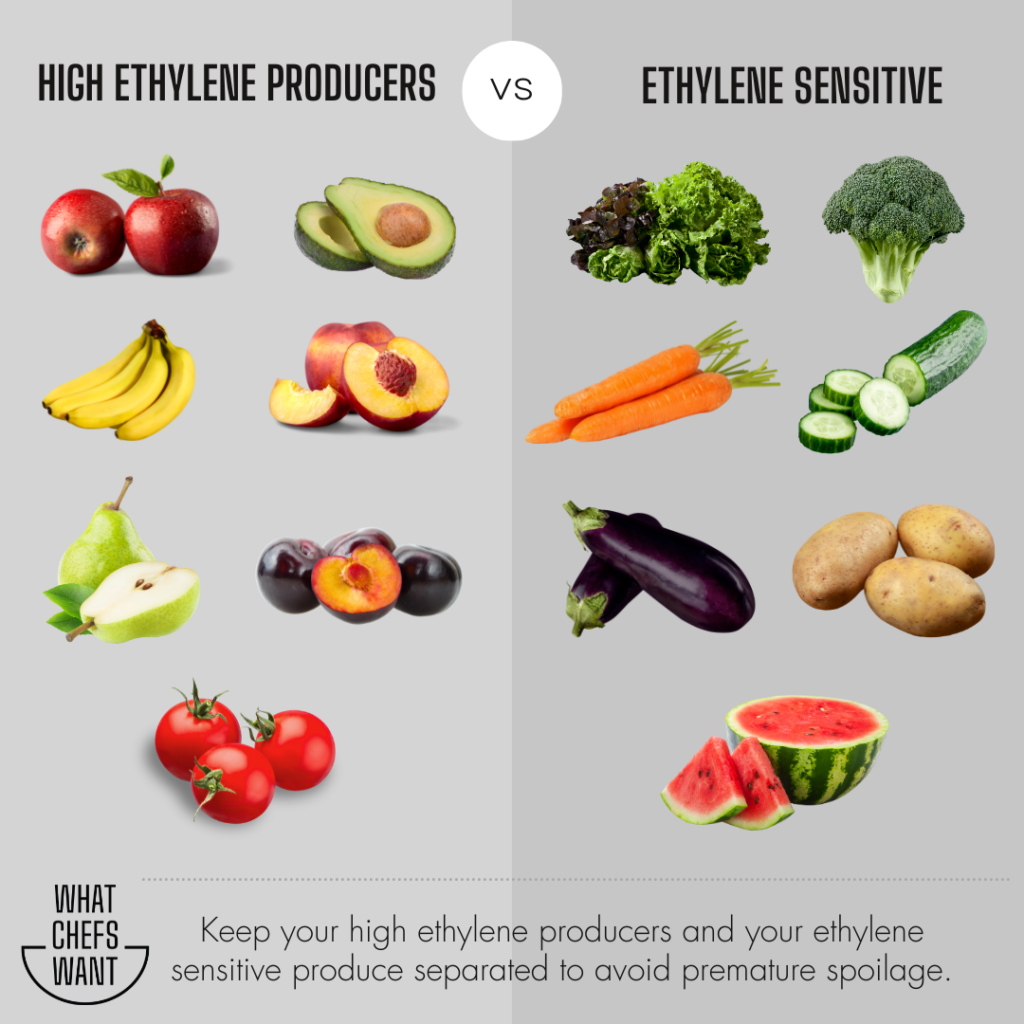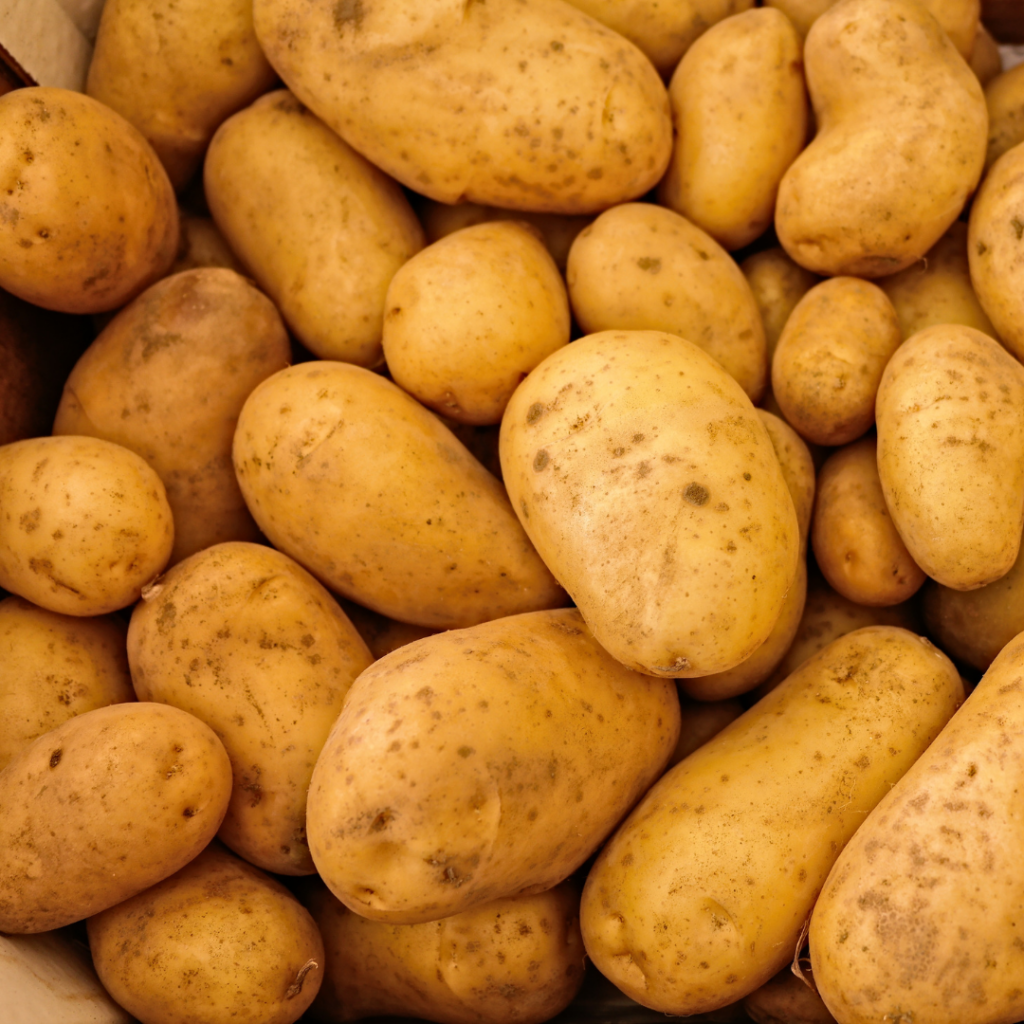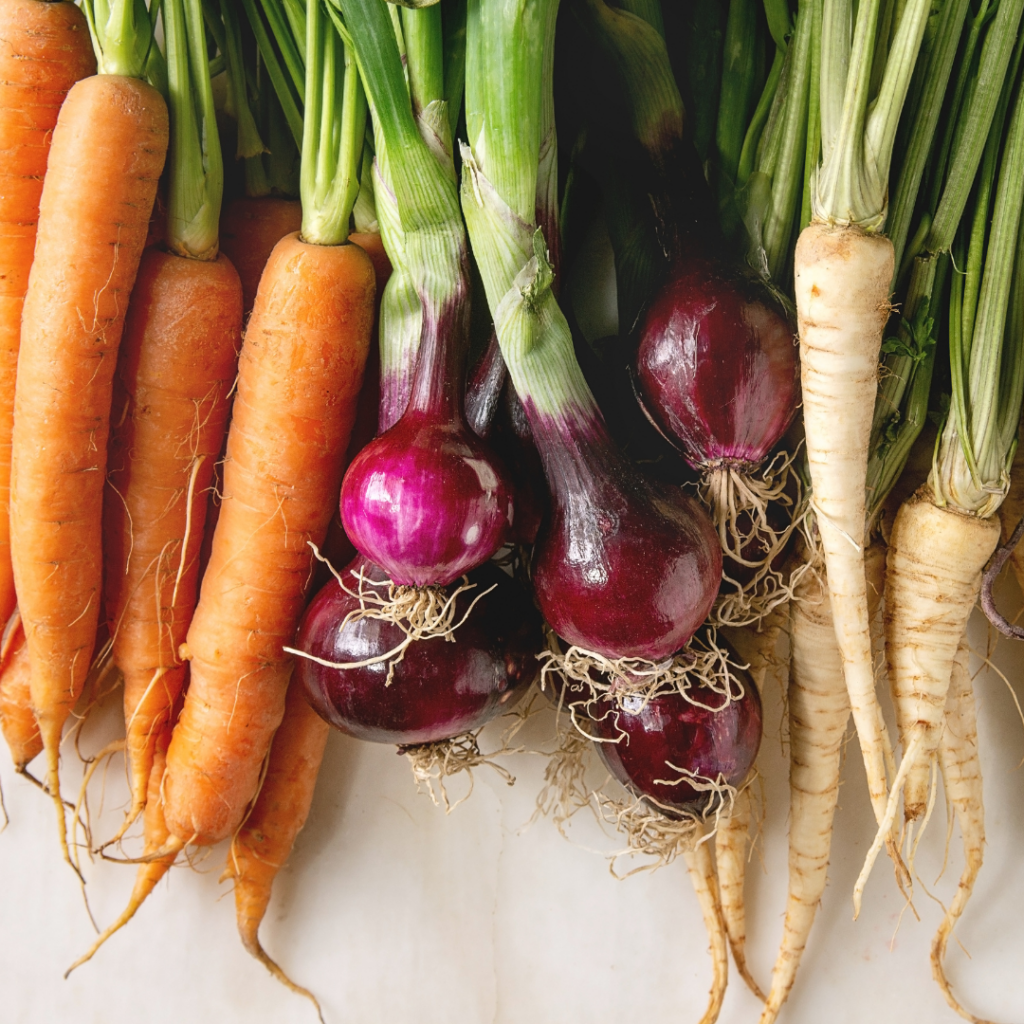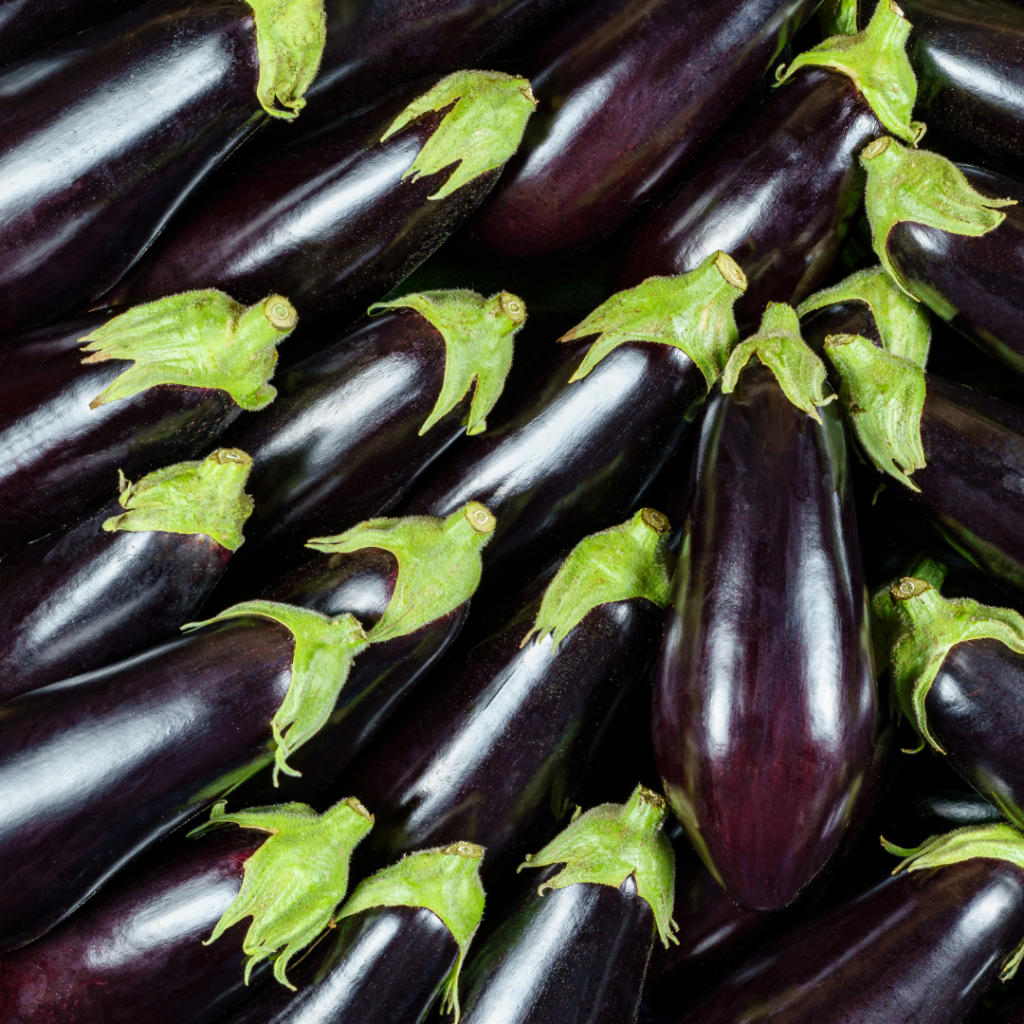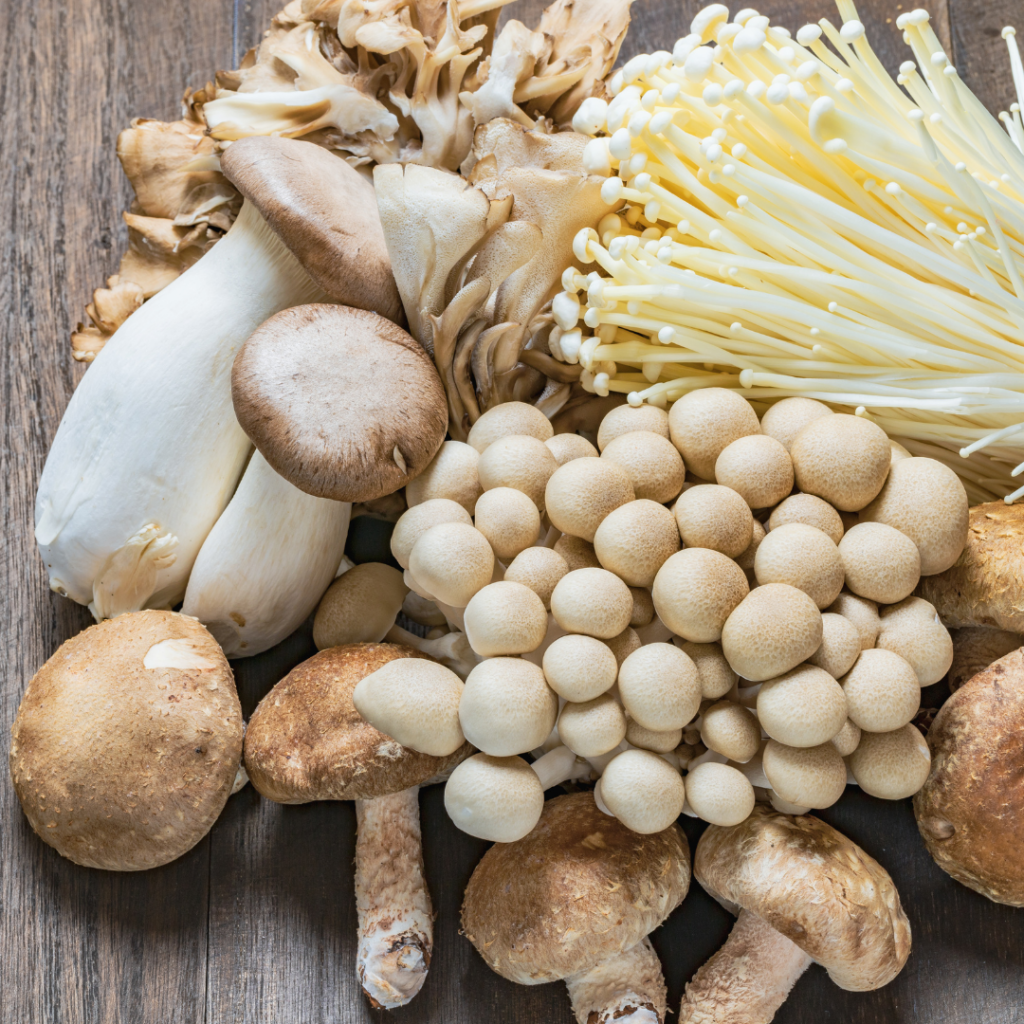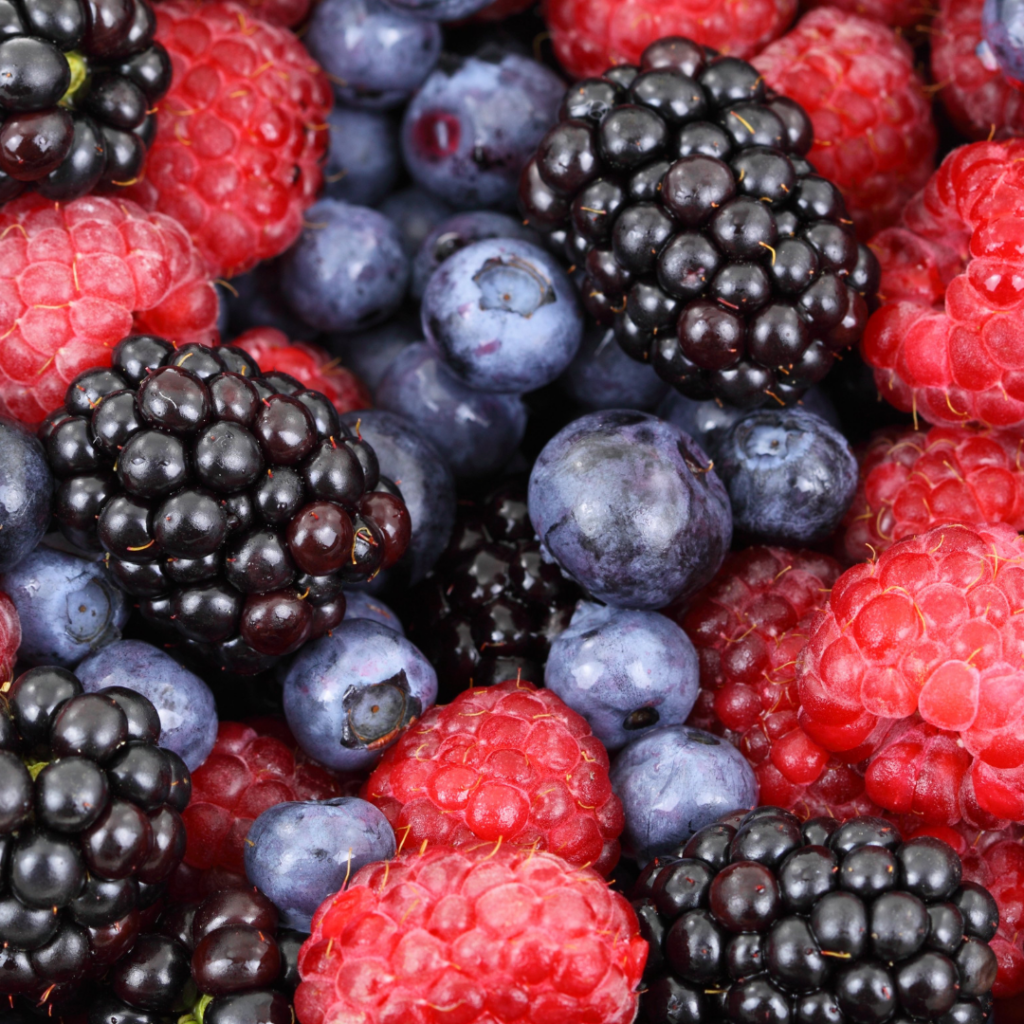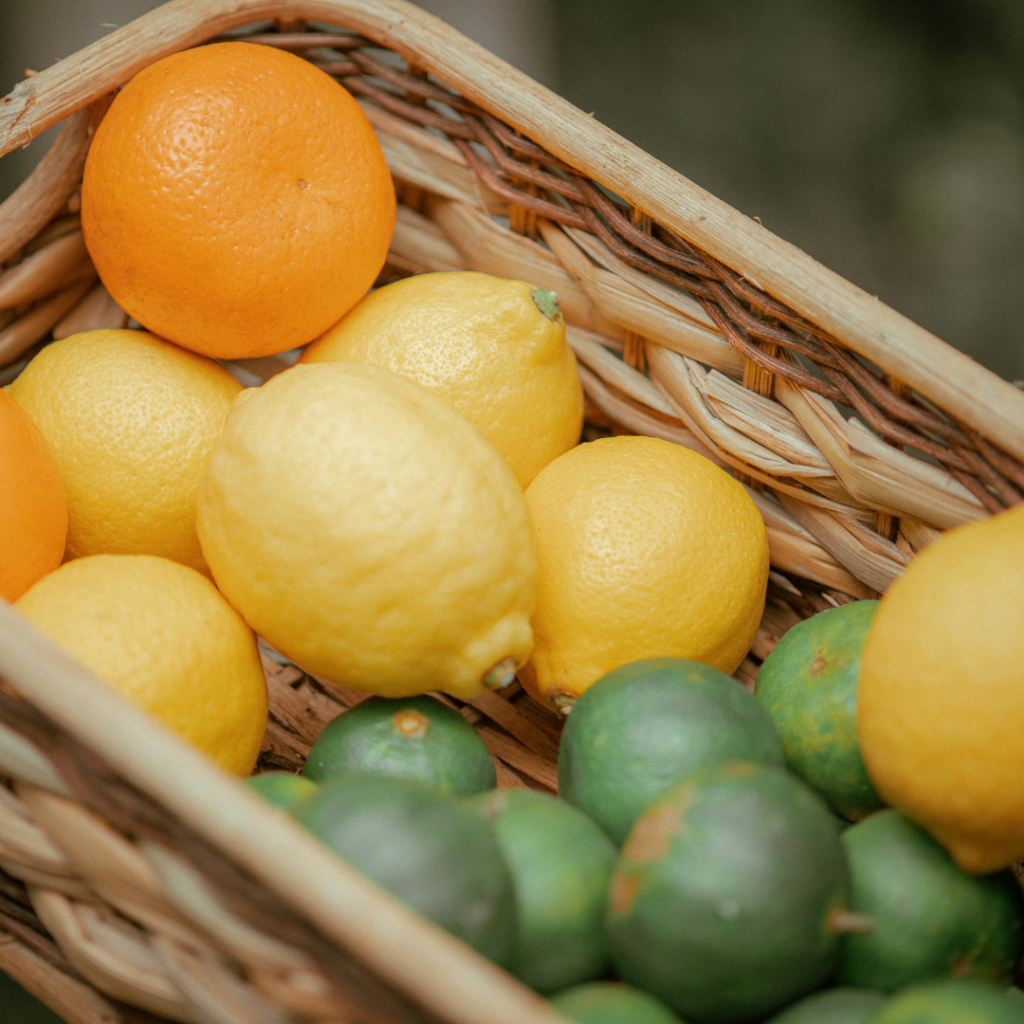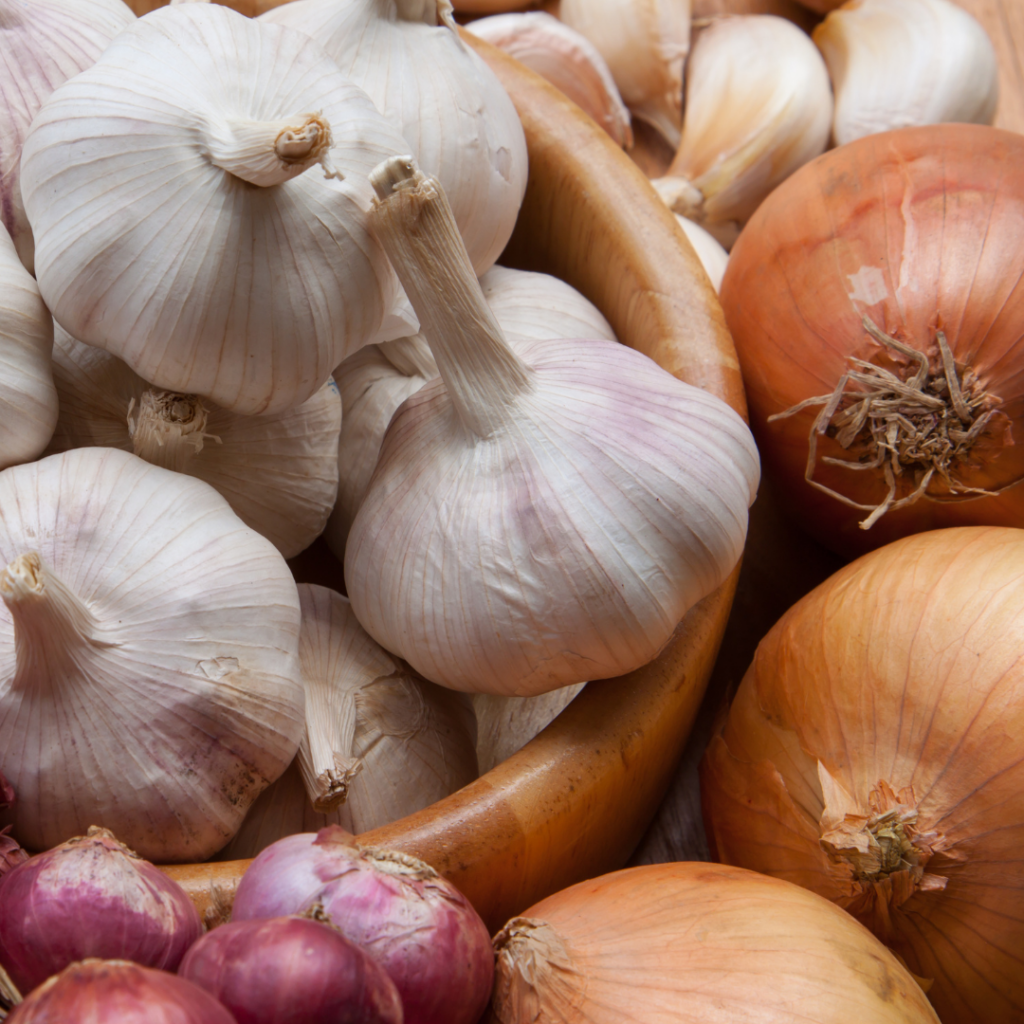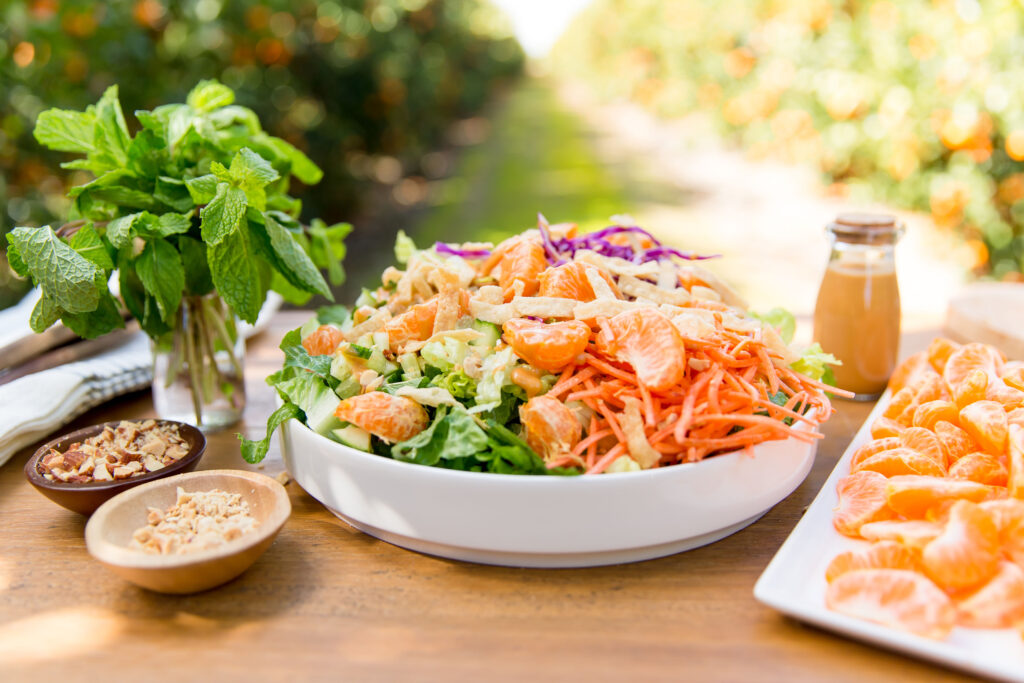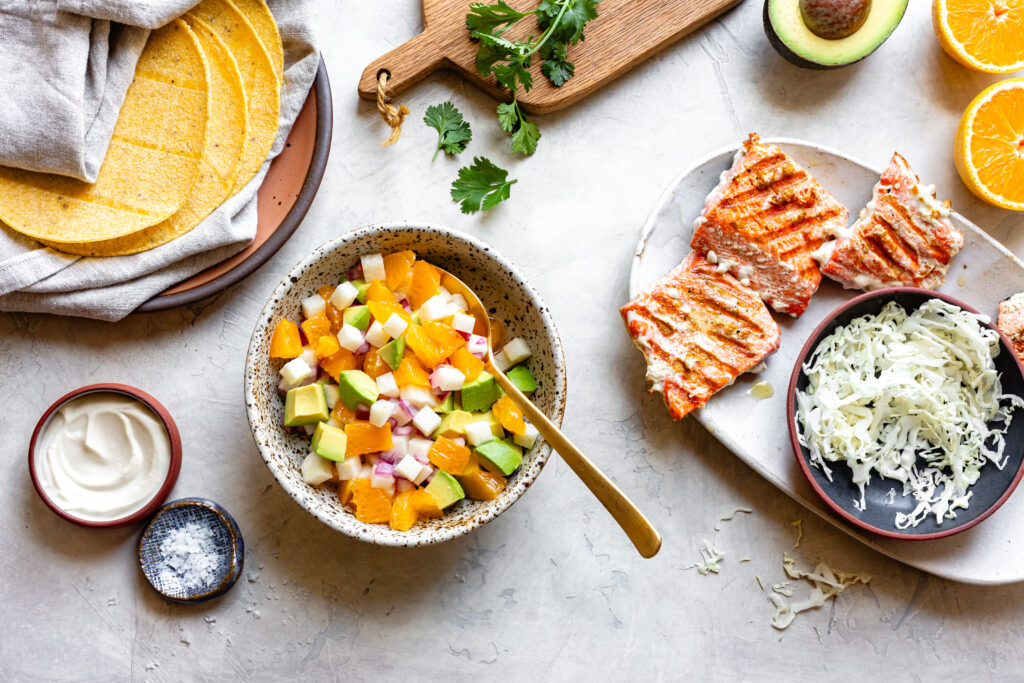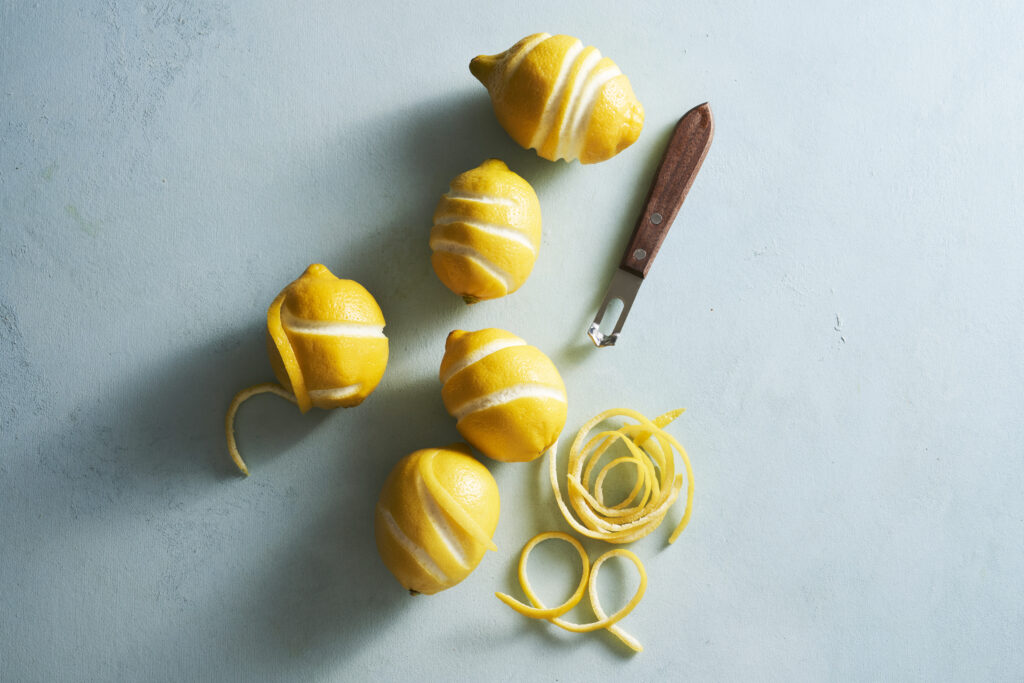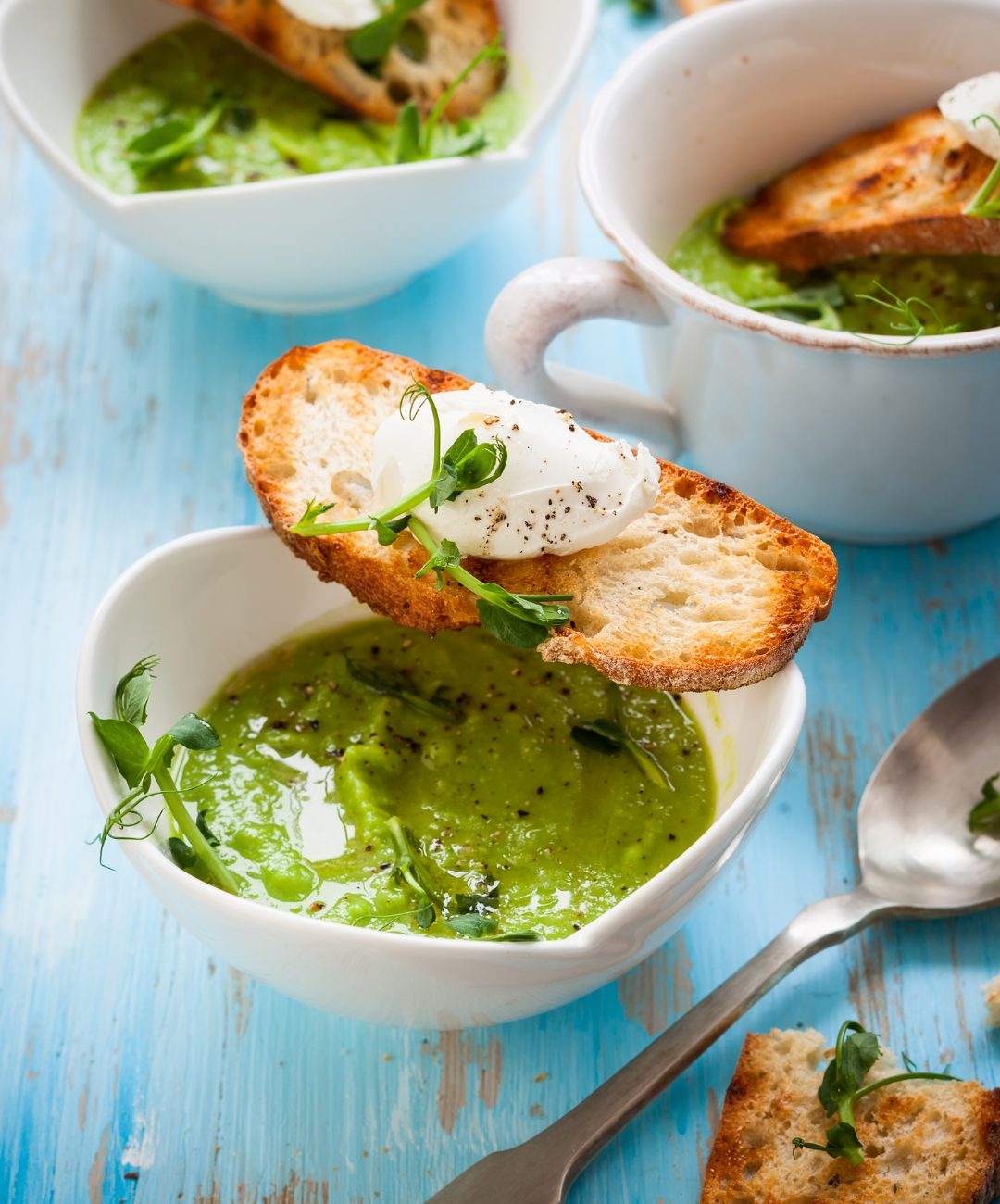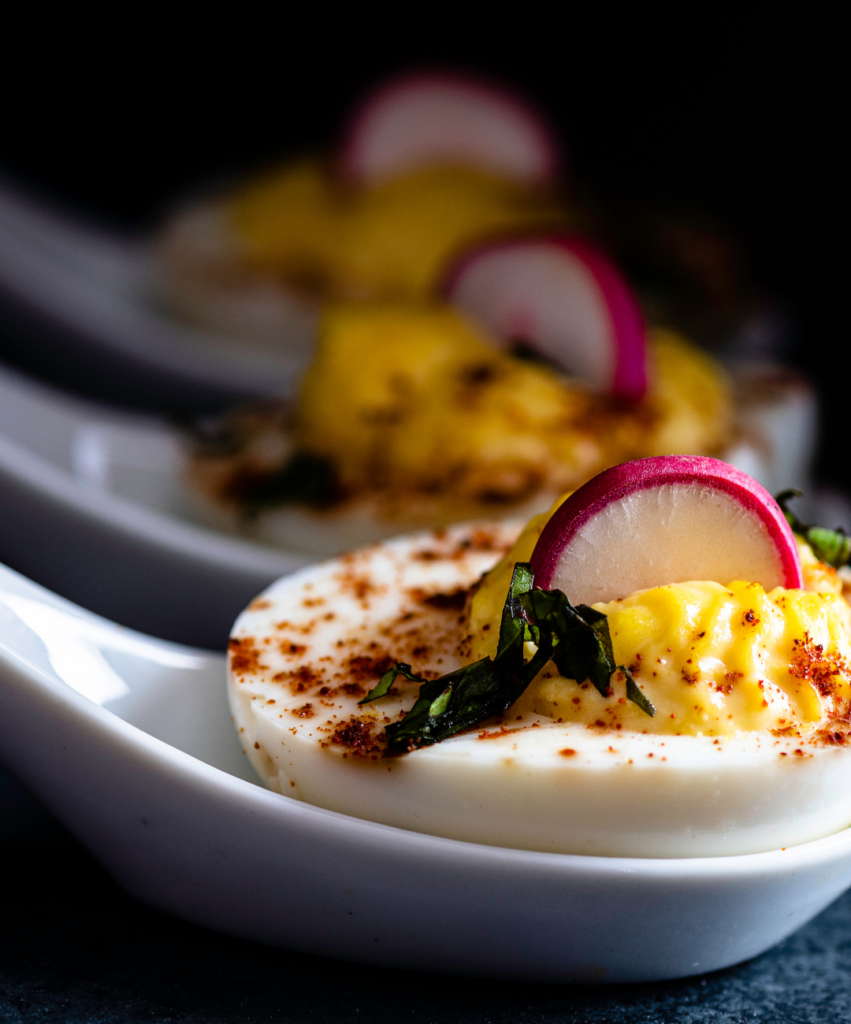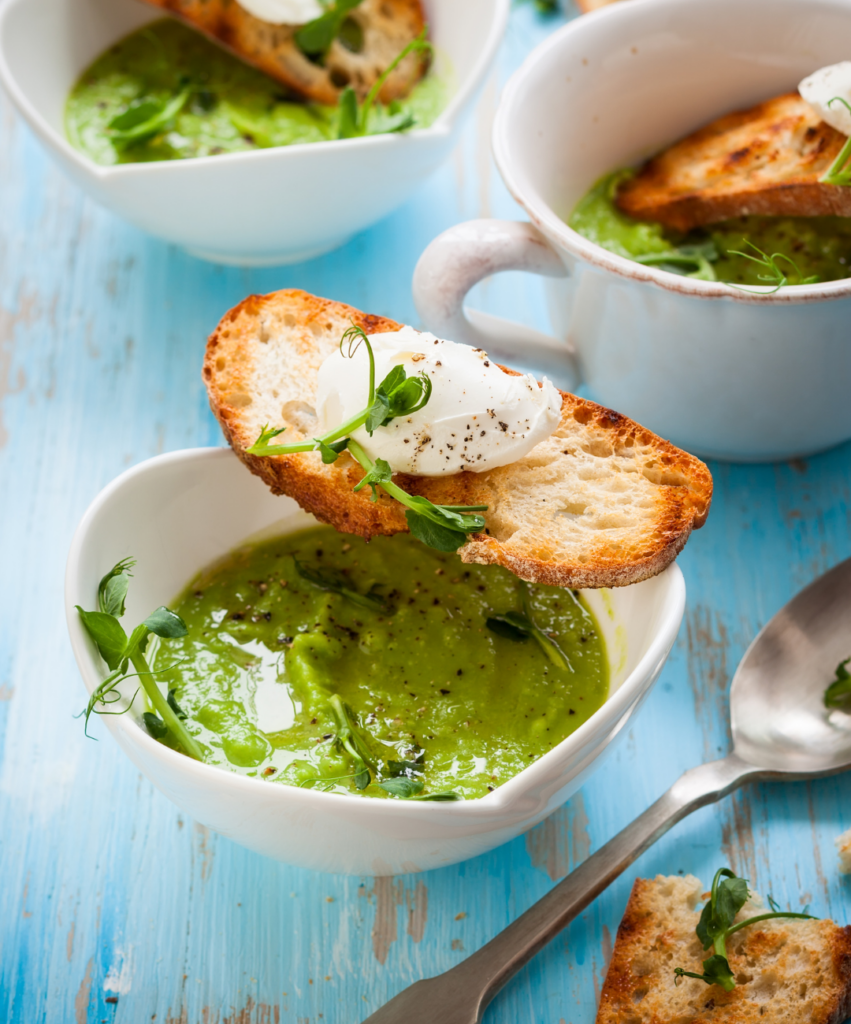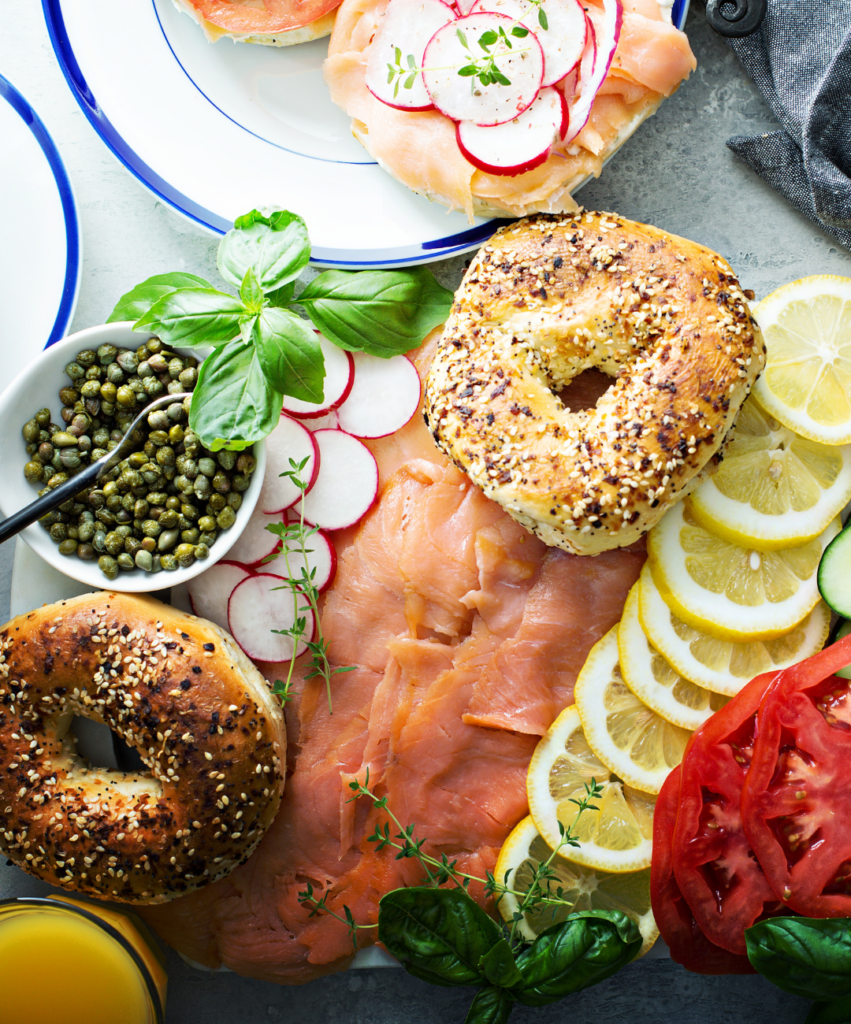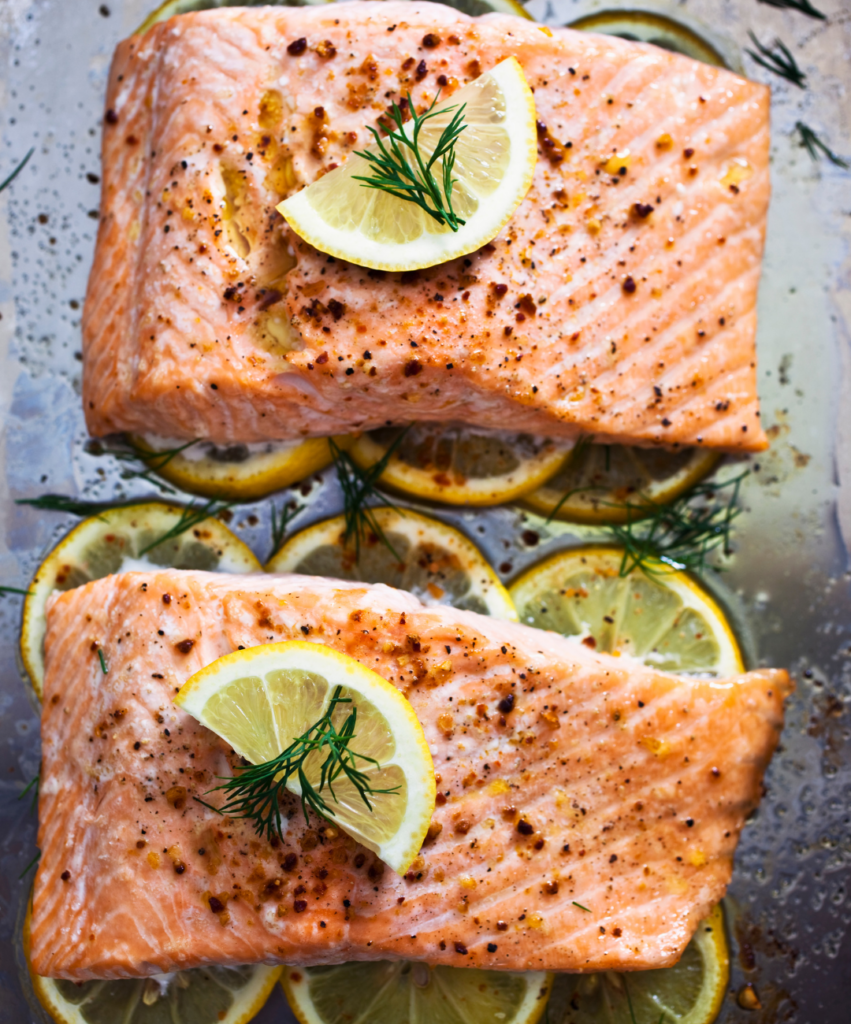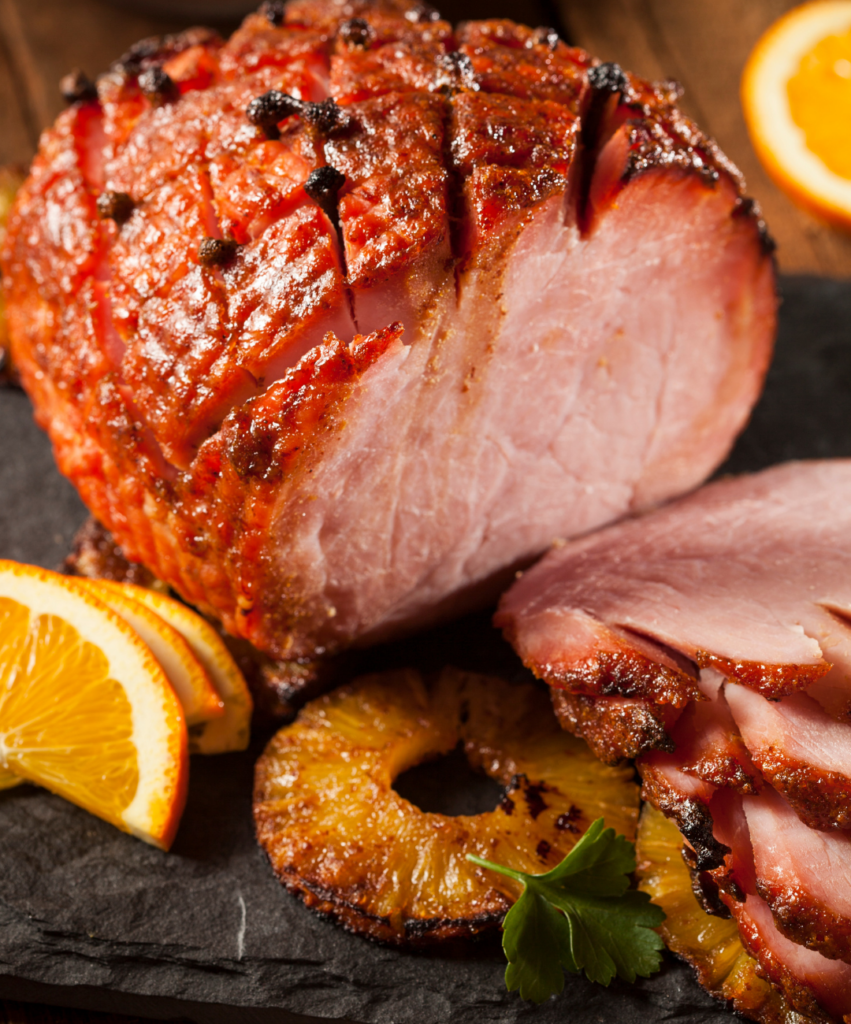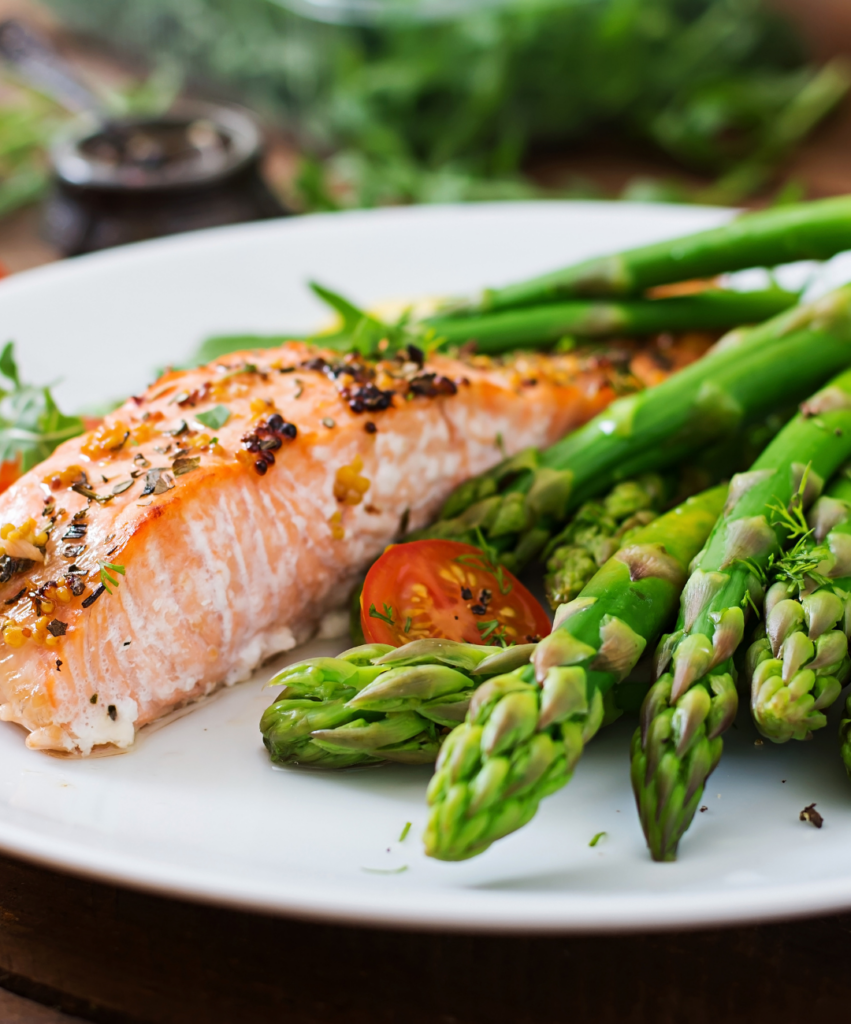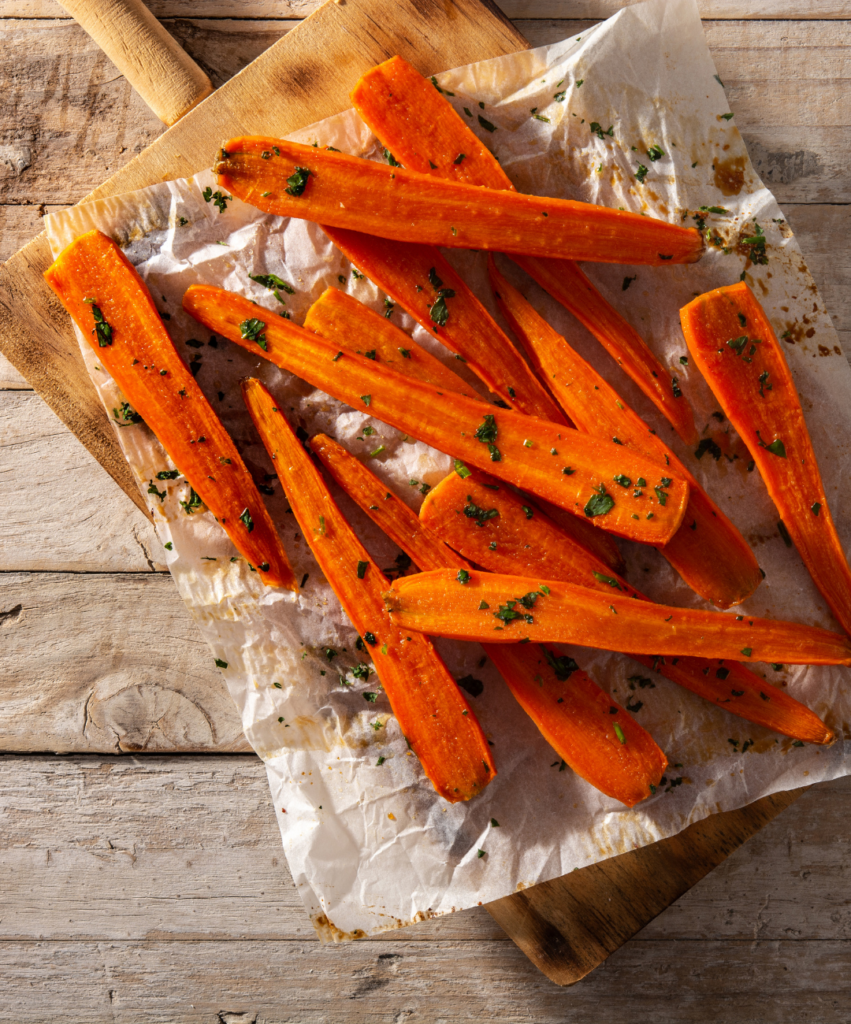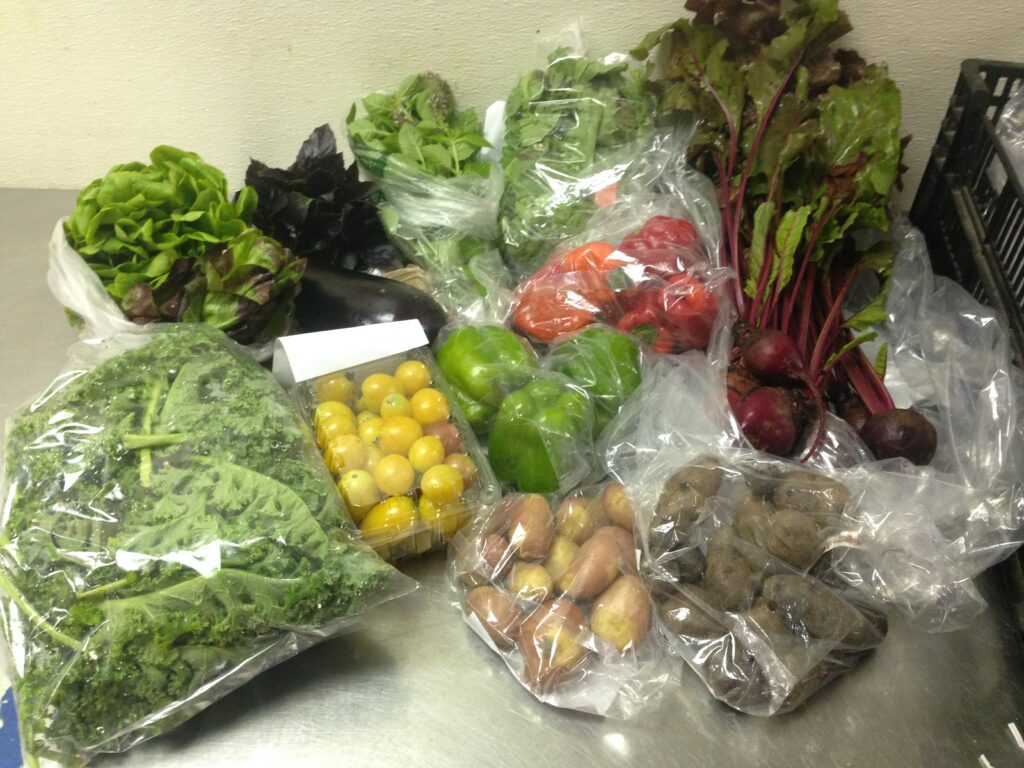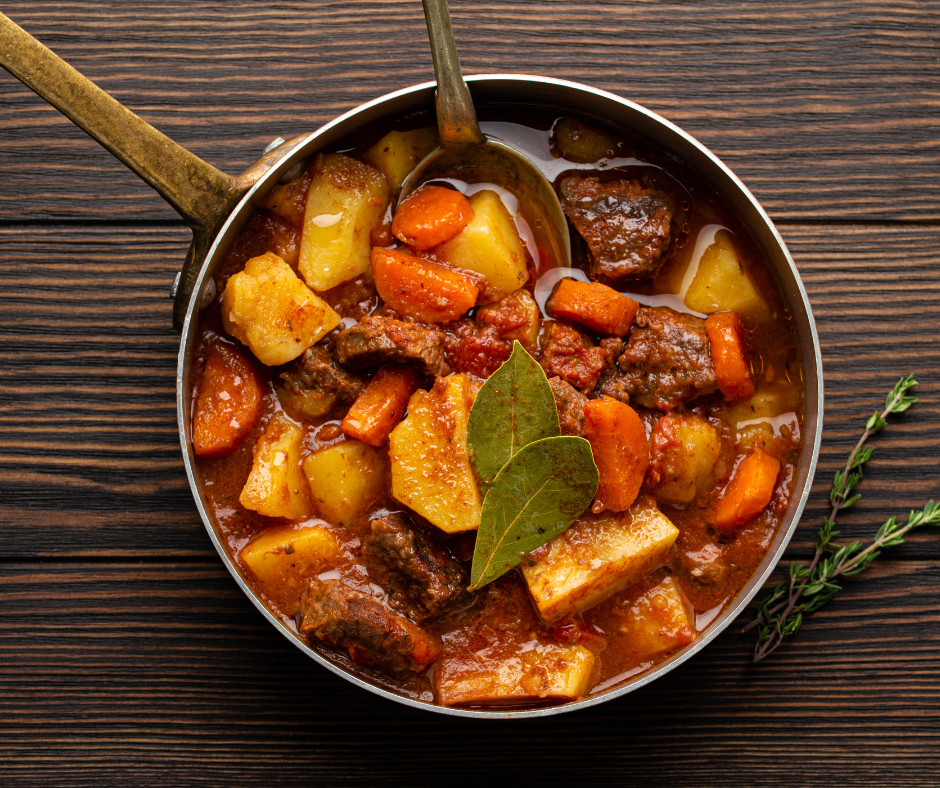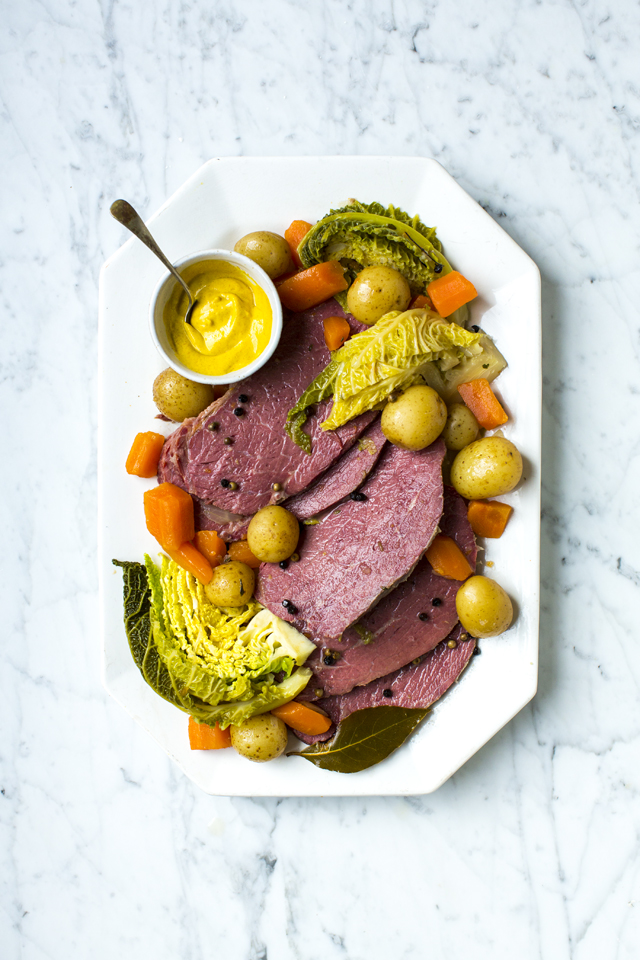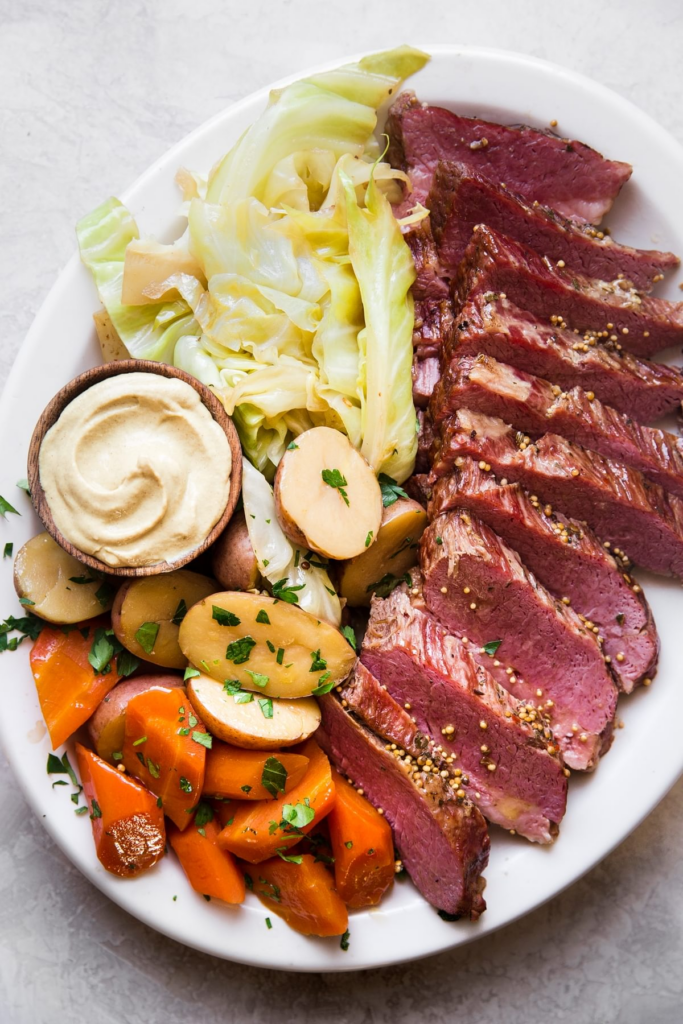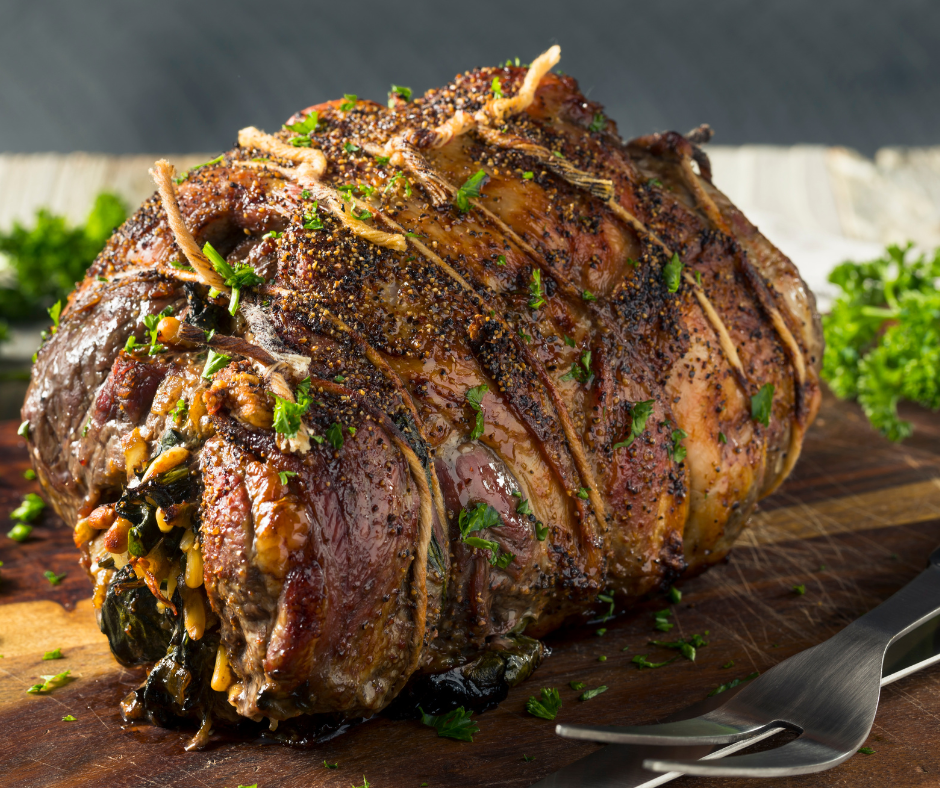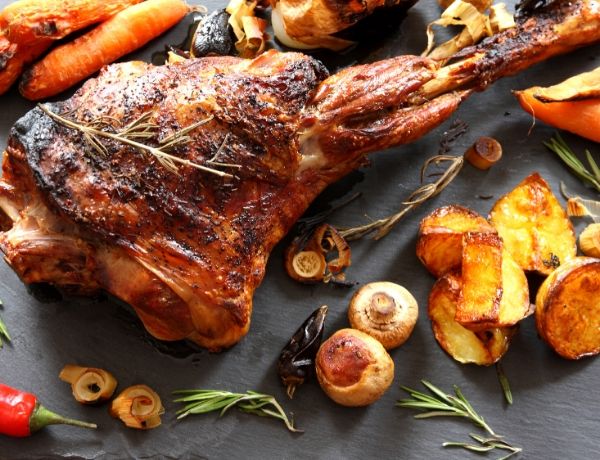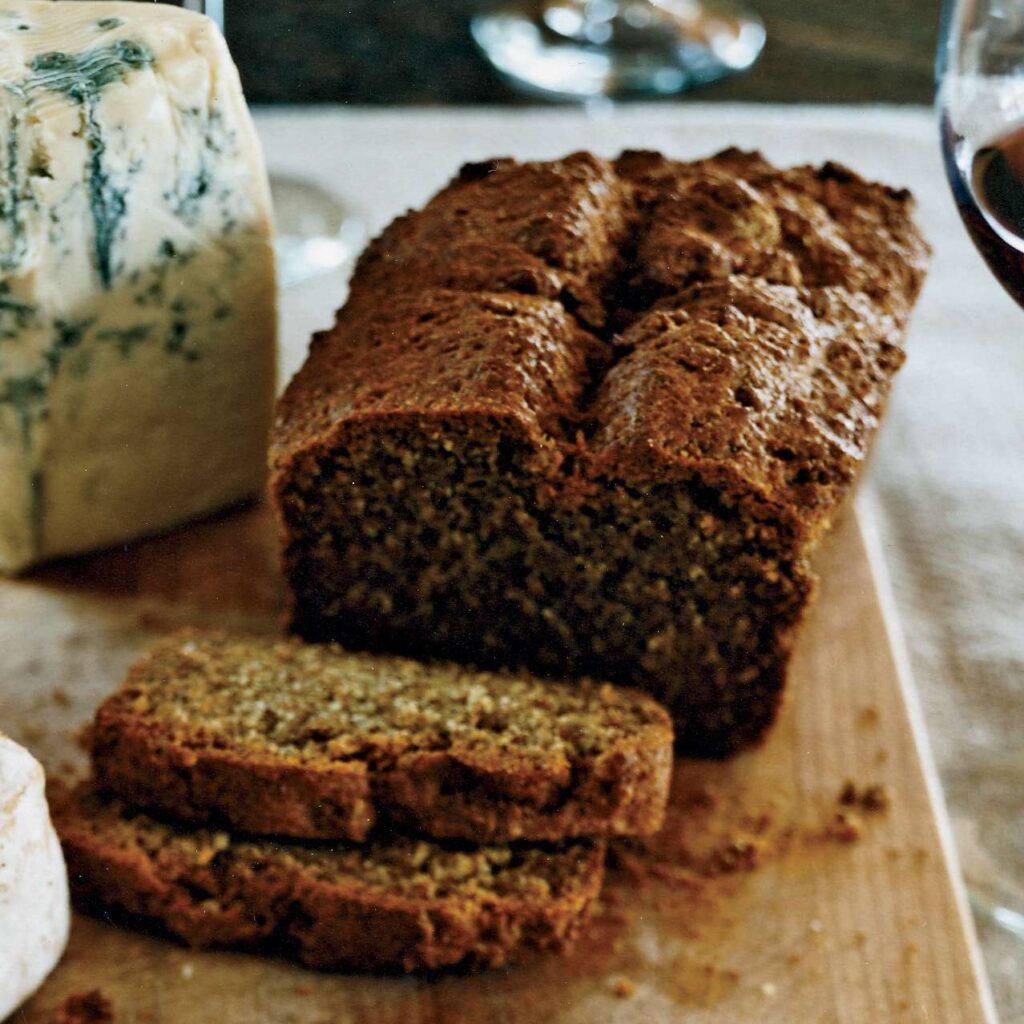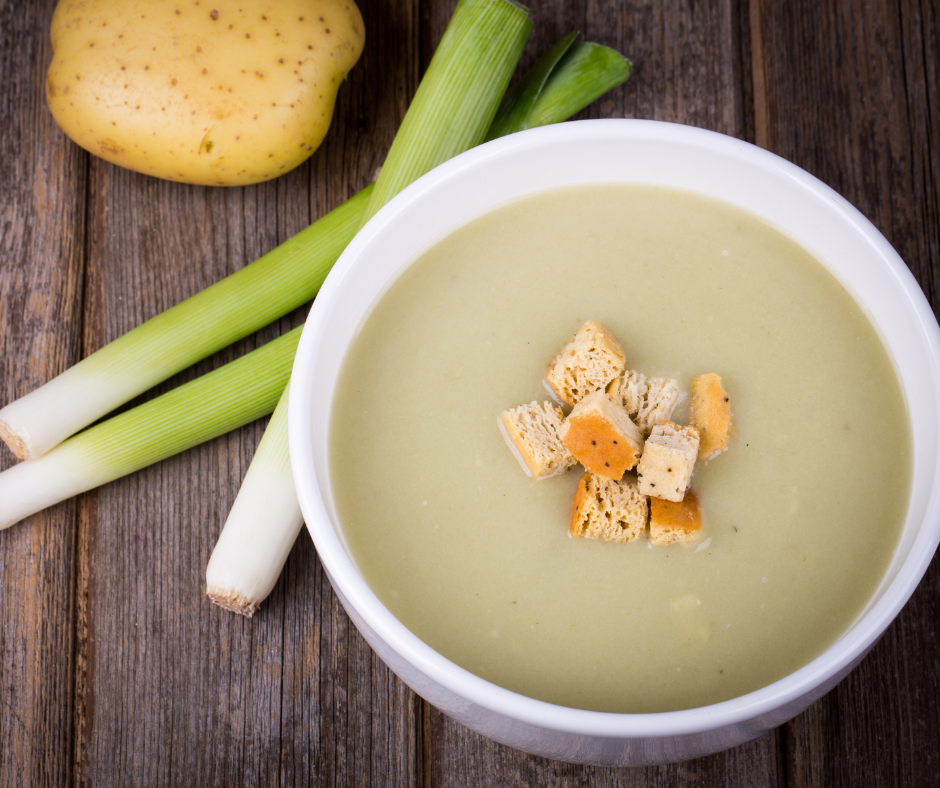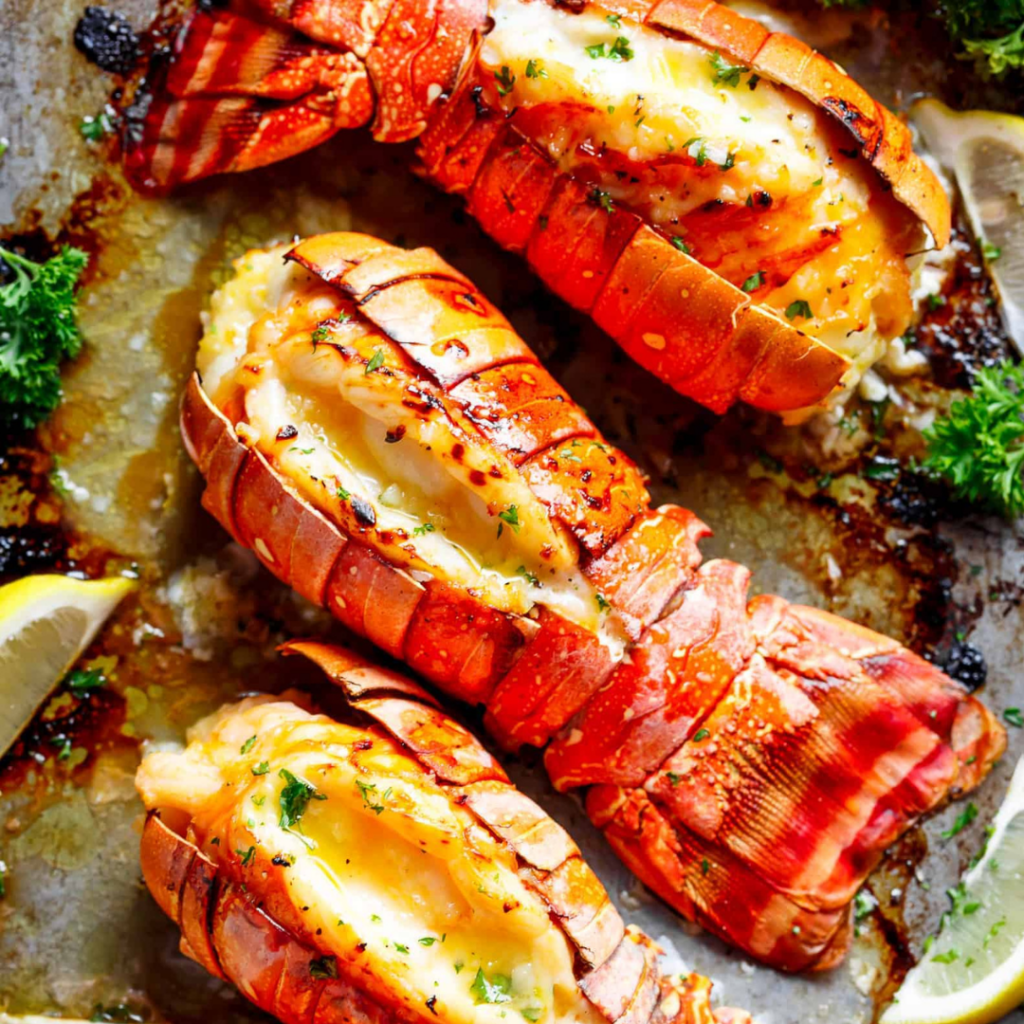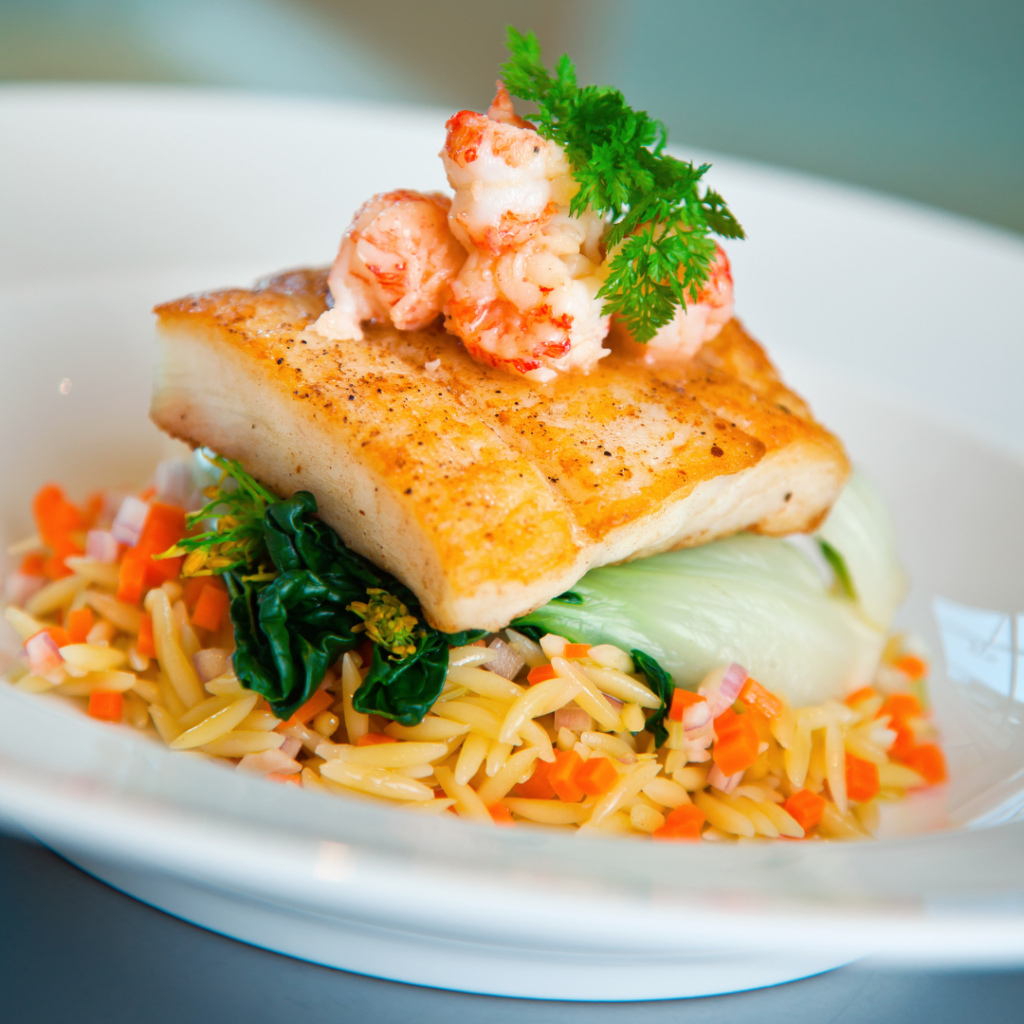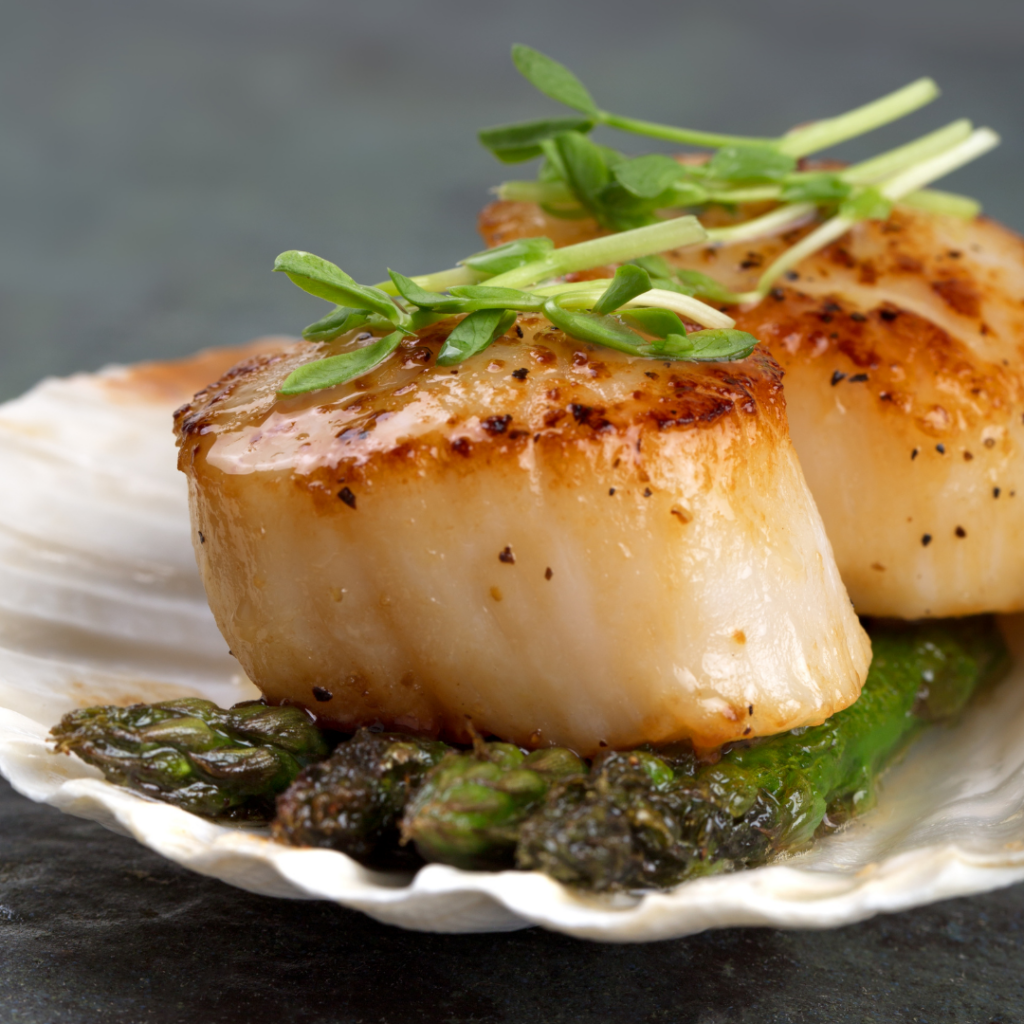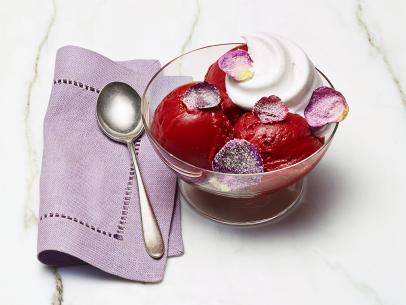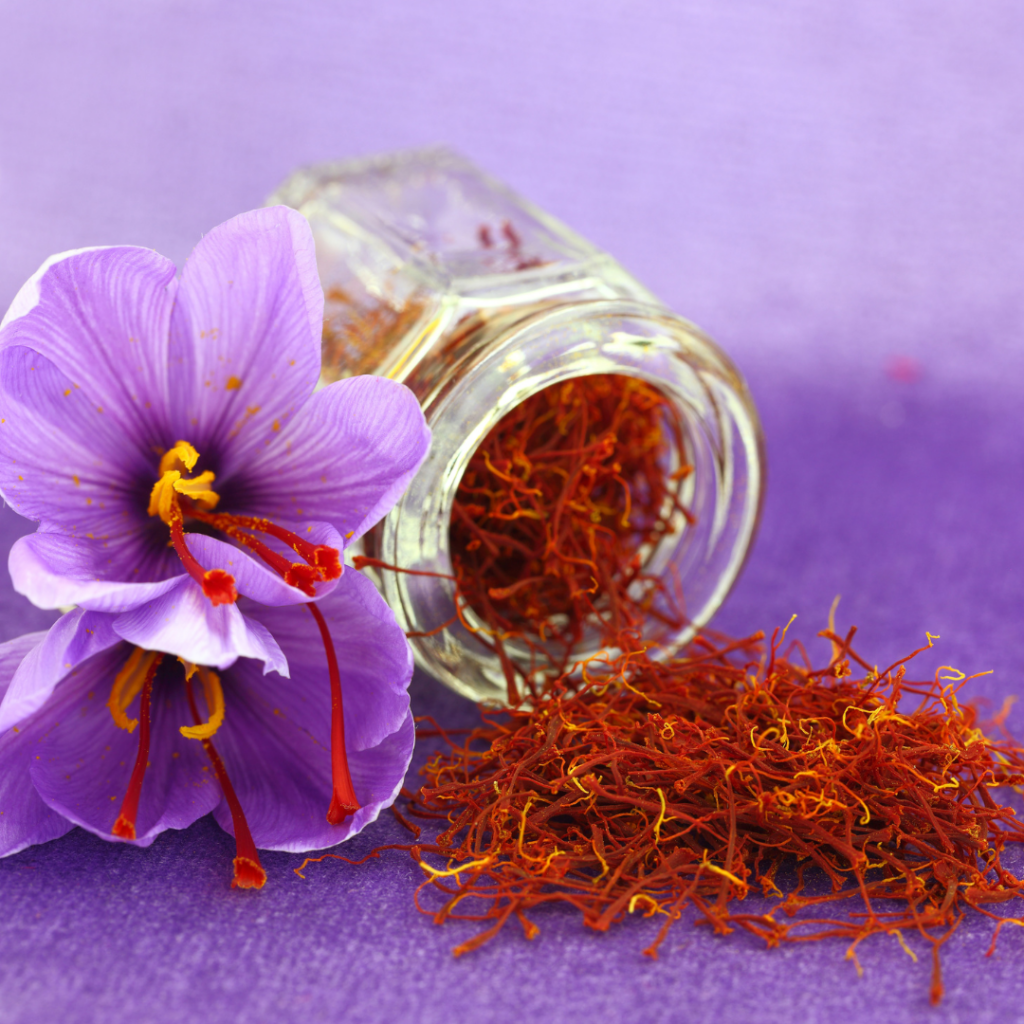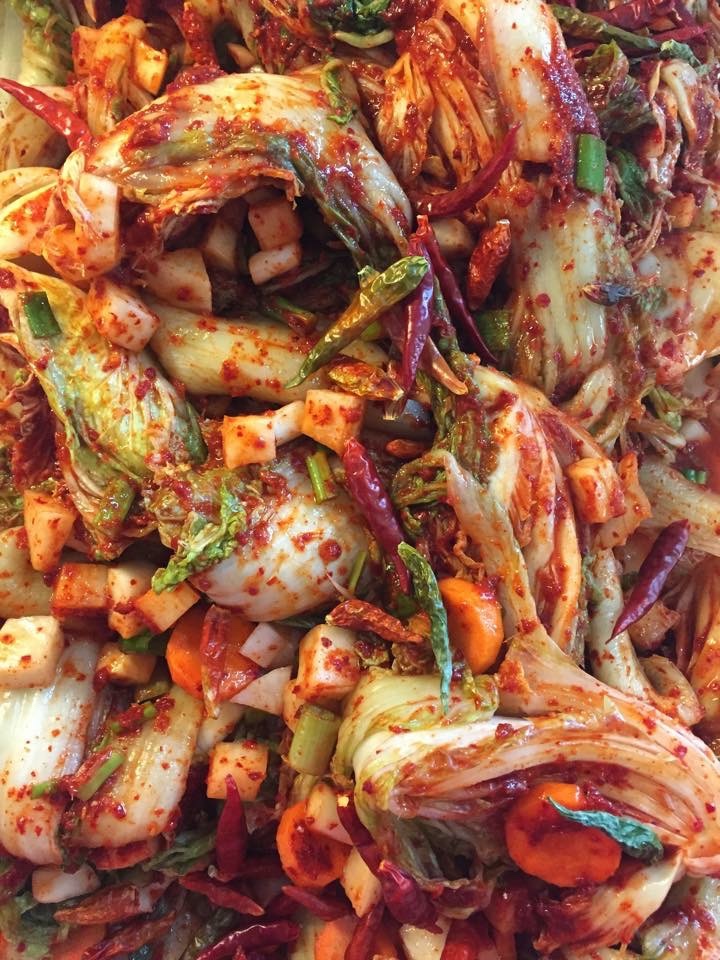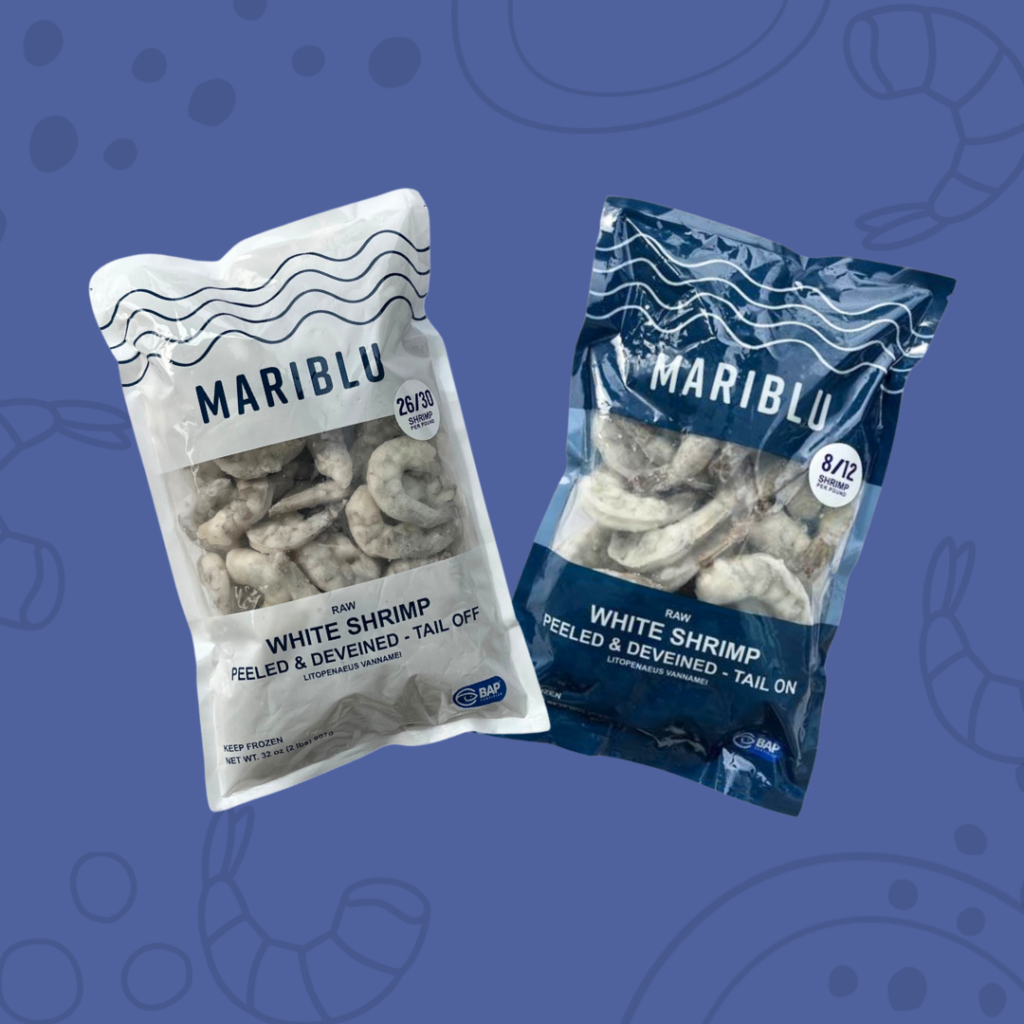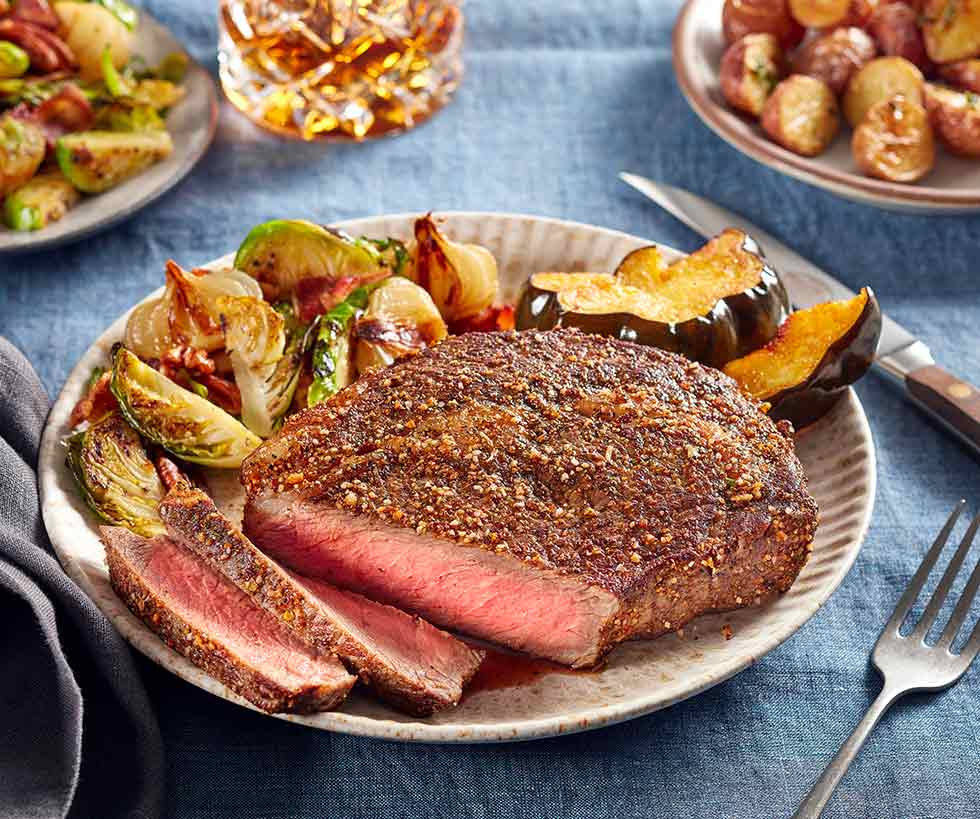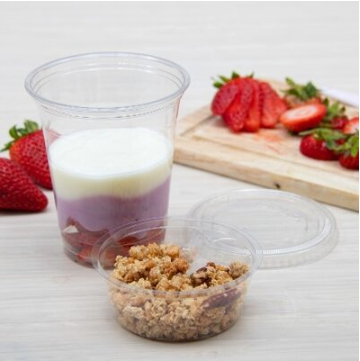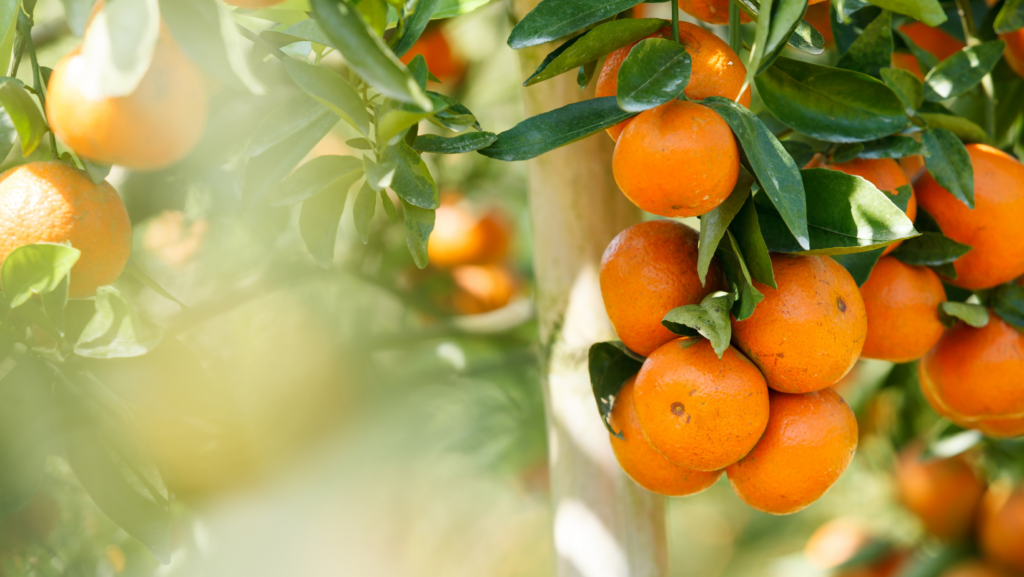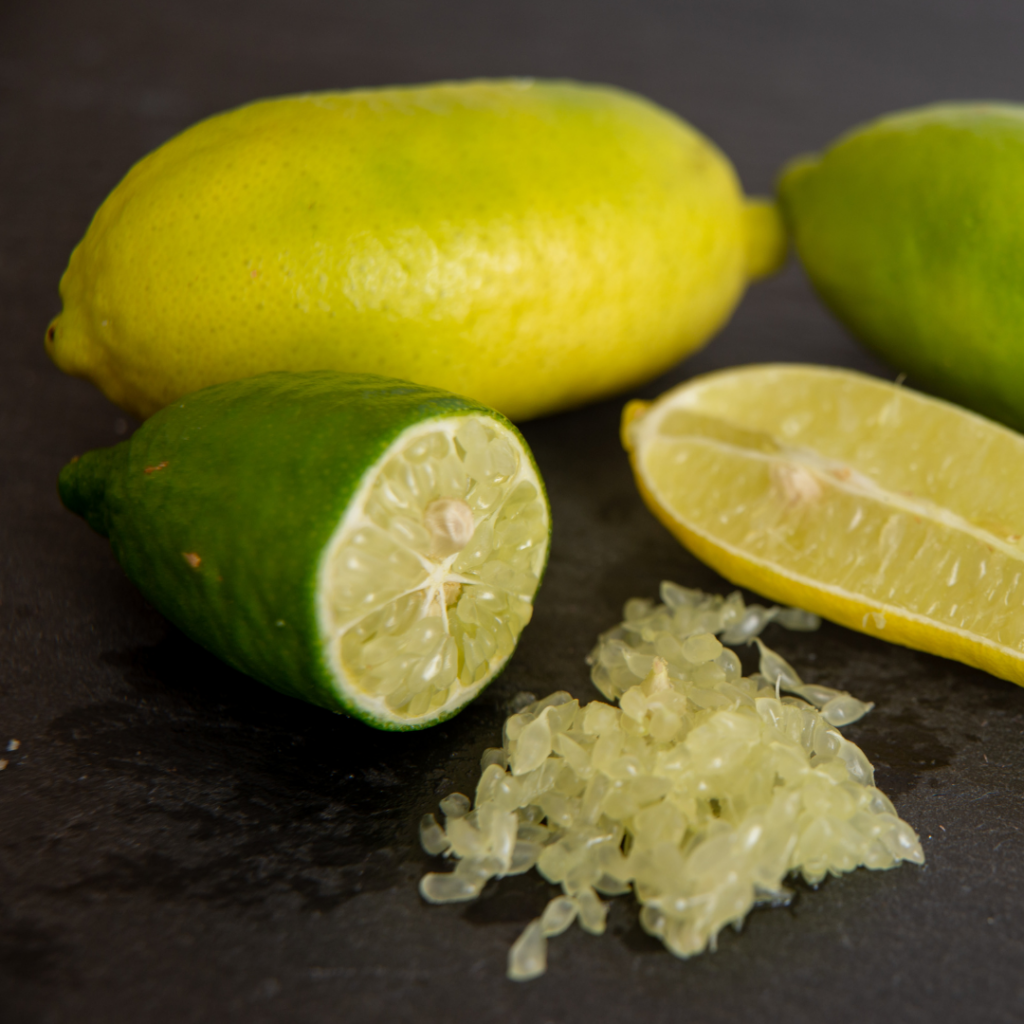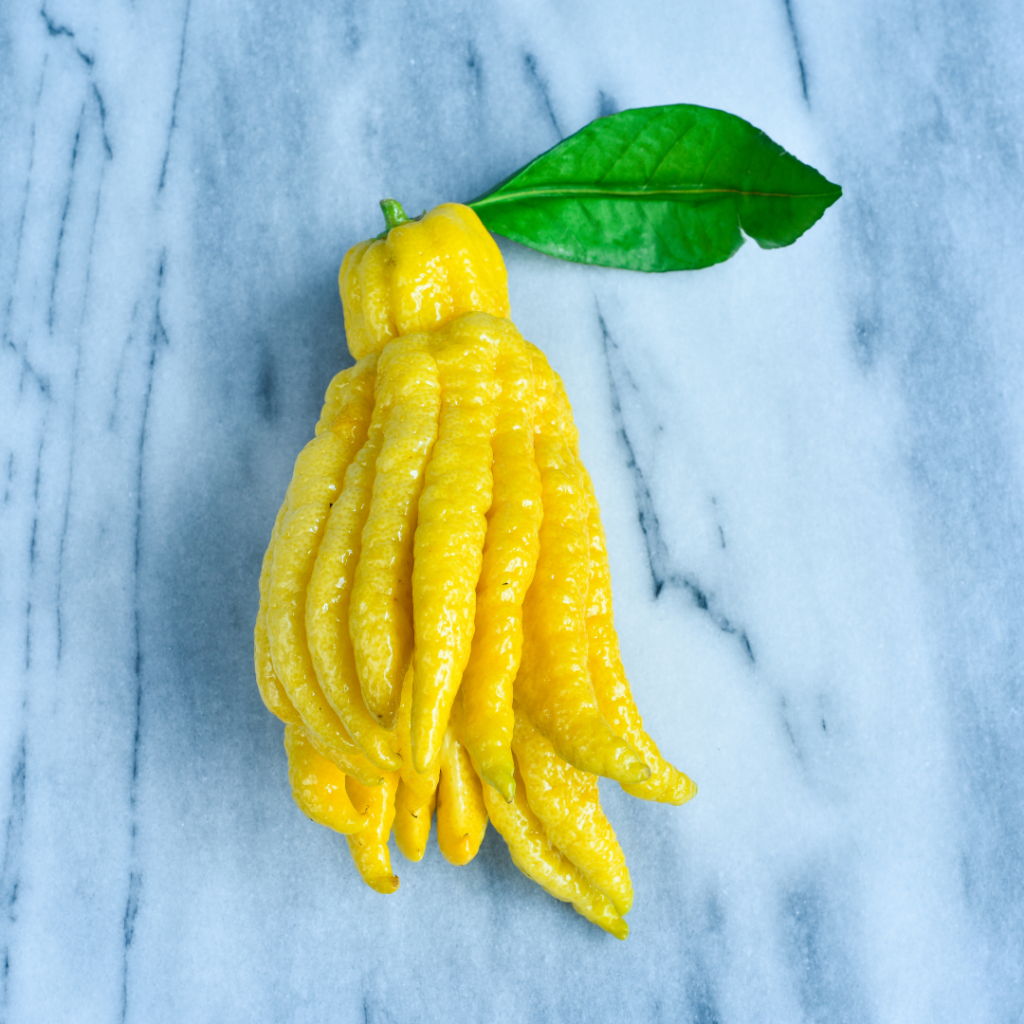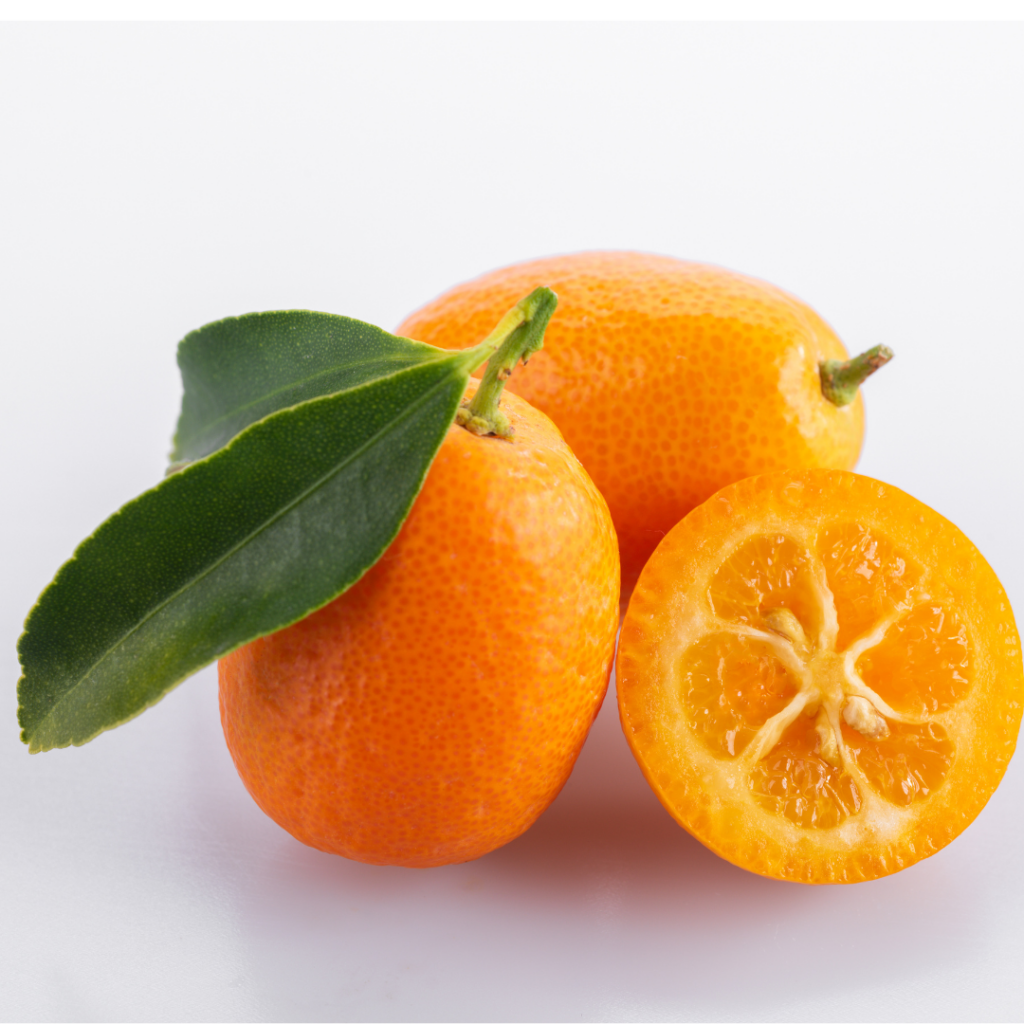
As the snow melts away and the first green shoots begin to appear, chefs everywhere know it’s time to rejuvenate their menus. Spring brings a bounty of fresh produce and new flavors, offering a fantastic opportunity to introduce vibrant, light, and refreshing dishes. This article is a springboard for those looking to infuse their menus with the essence of spring, presenting ideas and dishes that are as fresh as the season itself.
Embrace the Season’s Best
Seasonal Vegetables Front and Center
Spring is synonymous with fresh produce. Think tender greens, sweet peas, artichokes, and asparagus. These vegetables can easily become the star of any dish, offering a crisp, fresh taste that’s perfect for the season.
Grilled Asparagus with Hollandaise Sauce: A simple yet sophisticated side that highlights the asparagus. Main ingredients: asparagus spears, butter, egg yolks, lemon juice, cayenne pepper.
- Asparagus – Jumbo – item #20001, Large – item #20080, Standard – item #20005
- Lemons – item #04019
- Butter – unsalted – item #93001
Spring Vegetable Risotto: Creamy and comforting while still being light. Main ingredients: Arborio rice, chicken or vegetable stock, Parmesan cheese, a mix of spring vegetables (peas, asparagus, baby carrots).
- Carrots – item #20467
- Carrots – diced #20456 *diced in house by our Prep Kitchen team to save you time!
- Arborio rice – item #94928
- Parmesan cheese – grated – item #91272 (also available shaved, shredded or whole)
Pea and Mint Soup: Vibrantly green and refreshingly light. Main ingredients: fresh peas, mint leaves, vegetable stock, onion, garlic, and light cream.
- English Peas – item #09570
- Fresh mint leaves – item #40052
- Roasted Vegetable stock base – item #96117
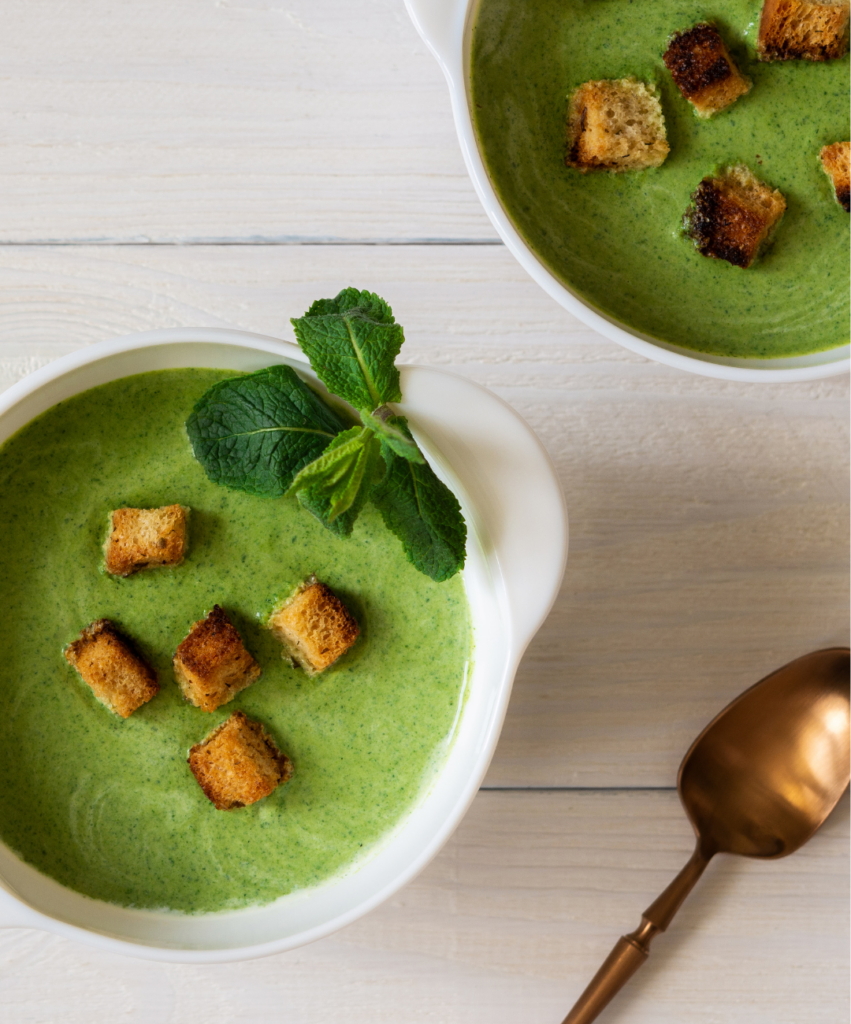
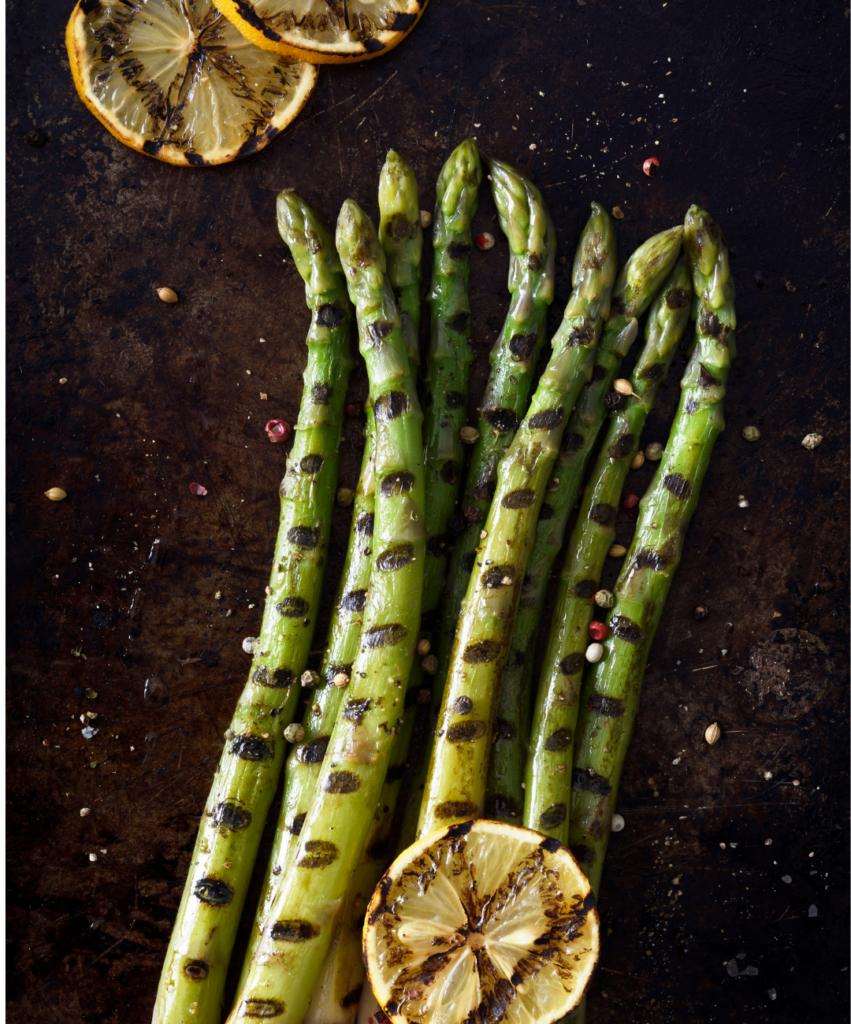
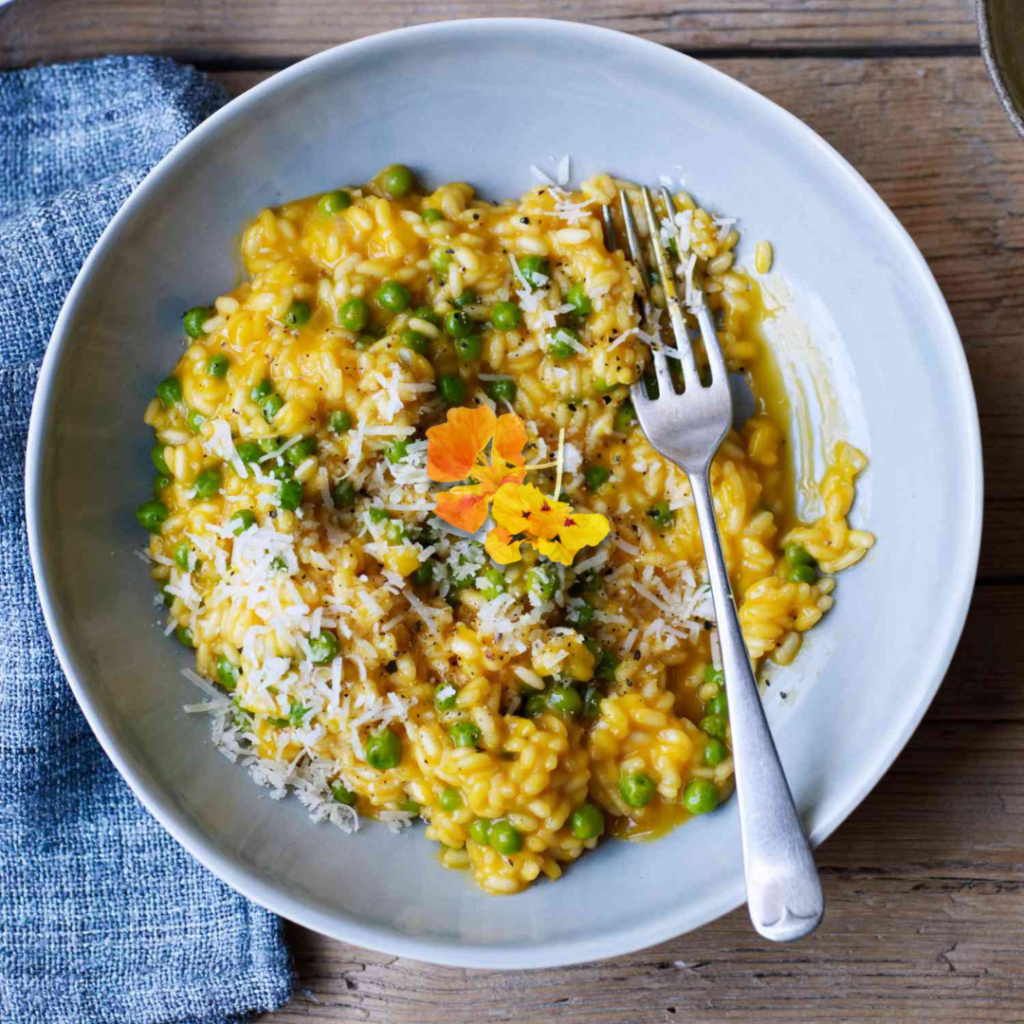
Herb-Infused Dishes
Herbs come back to life in spring, bringing their fresh aromas and flavors. Integrating a variety of herbs into your dishes can add a new dimension of taste.
Herb-Infused Grilled Pork Chops with a Spring Herb Chimichurri: This dish captures the essence of spring through the use of fresh herbs both in the marinade and in the chimichurri. Main ingredients: bone-in porkchops, fresh rosemary, thyme, parsley, garlic, cilantro, lemon juice.
- Bone-in Berkwood Center Cut Pork Chop – item #00829
- Parsley – item #40009
- Garlic – peeled – #70118
Lemon Herb Chicken: Light and zesty, perfect for a spring evening. Main ingredients: chicken breasts, lemon zest and juice, olive oil, rosemary, thyme, garlic.
- Springer Mountain Farms airline chicken breast – item #18270
- Pons Spanish Extra Virgin Olive Oil – item #95413
- Fresh Rosemary – item #40023


Light and Bright
Salads That Excite
Spring is the perfect time to revamp your salad offerings with light, yet satisfying options that incorporate fruits, nuts, and cheeses.
Strawberry Spinach Salad: A sweet and savory combination. Main ingredients: fresh spinach, strawberries, goat cheese, walnuts, balsamic vinaigrette.
- Baby spinach – item #20280
- Strawberries – item #10422
- Capriole Tea Rose Goat Cheese – item #91921
Citrus and Avocado Salad: Creamy and citrusy, a delight for the taste buds. Main ingredients: mixed greens, orange segments, grapefruit segments, avocado, almonds, citrus vinaigrette.
- Lettuce – Arcadian Mix – item #02518
- Grapefruit – item #99835
- Avocado – item #20063
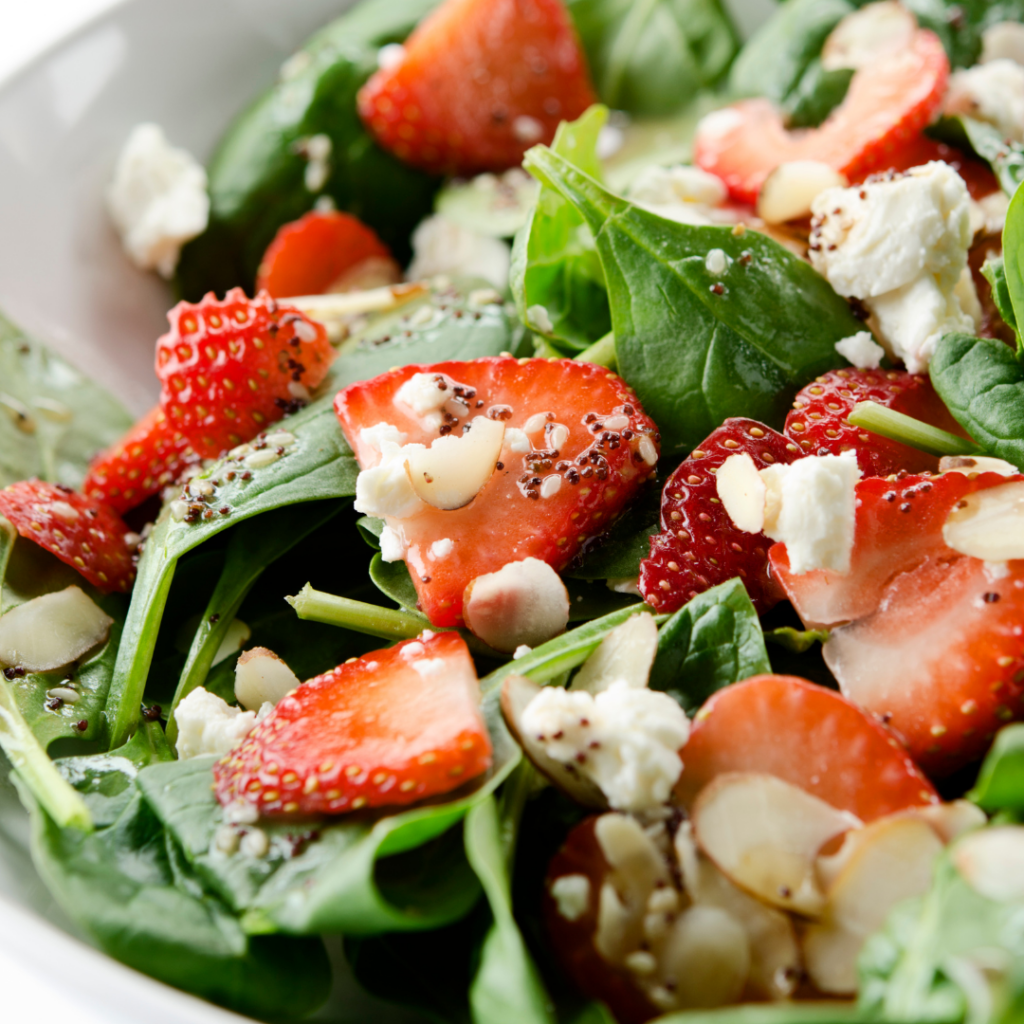
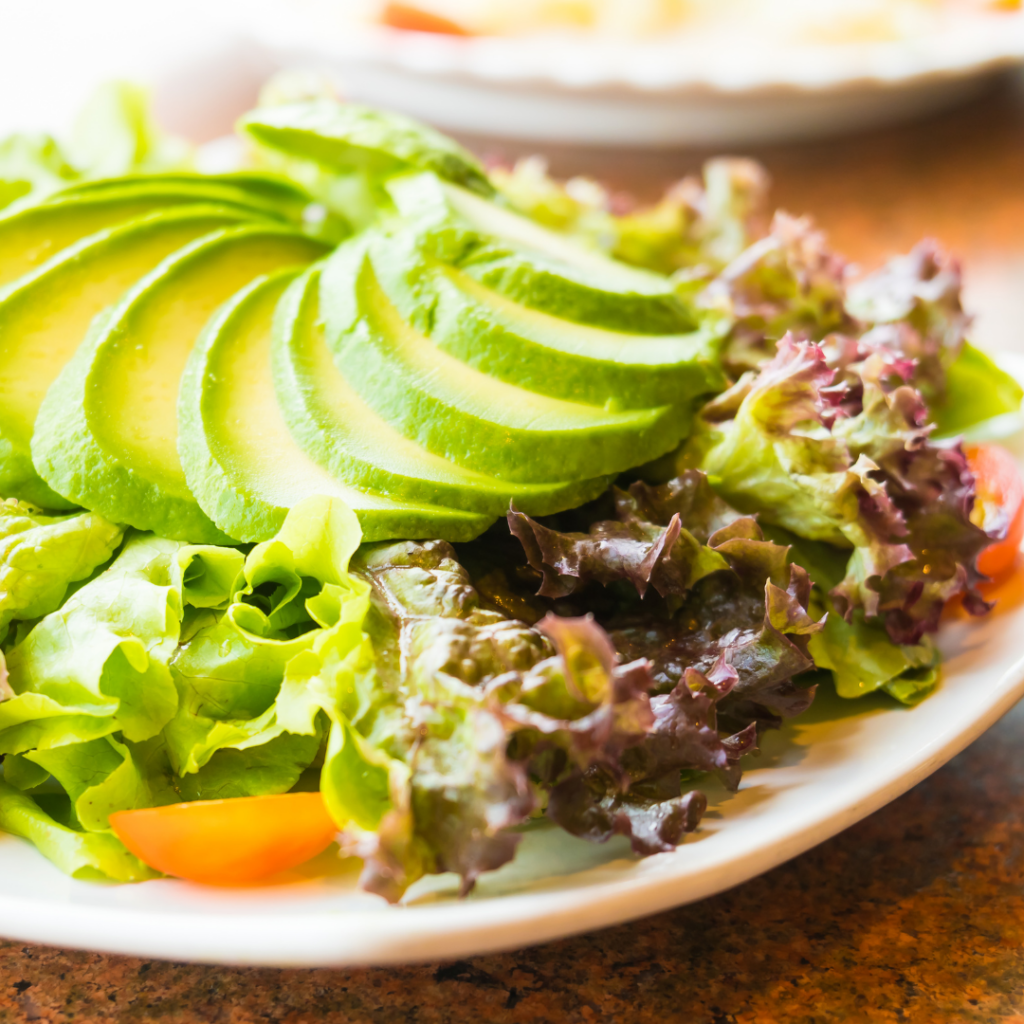
Seafood Selections
Seafood is a great choice for spring menus, offering dishes that are both light and satisfying.
Seared Scallops with Pea Puree: Elegant and easy to prepare. Main ingredients: scallops, fresh peas, mint, butter, lemon.
- Scallops – U/10 – item #32502
- Scallops – U/8 – item #32713
Grilled Halibut with Mango Salsa: A tropical twist that screams spring. Main ingredients: halibut fillets, mango, red bell pepper, jalapeno, lime, cilantro.
- Wild Alaskan Halibut – item #48052
- Mango – item #10902
- Jalapeno – item #20825
Farm to Table Connection
Highlighting Local Producers
Spring is an excellent time to strengthen relationships with local farmers and showcase their produce directly on your menu. Dishes that tell a story about where their ingredients come from can create a deeper connection with diners.
Local Farm Vegetable Tart: A rustic and visually appealing dish. Main ingredients: seasonal vegetables from local farms, puff pastry, ricotta cheese, fresh herbs.
- Fresh morel mushrooms – item #30911
- English peas – item #09570
- Ricotta cheese – item #91094
Farmers’ Market Salad: Change weekly based on what’s available locally. Main ingredients: mixed greens, edible flowers, heirloom tomatoes, cucumber, fresh cheese, vinaigrette made with local honey.
- Edible flowers – item #40032
- Fava beans – item #20721
- Heirloom cherry tomatoes – item #50901

Refreshing Beverages
Spring-Inspired Cocktails and Non-Alcoholic Refreshments
Drinks can also reflect the vibrancy of spring, incorporating fresh fruits, herbs, and edible flowers to create sippable experiences that complement your dishes. A reminder that What Chefs Want has everything you need for your bar but the booze.
Cucumber Basil Gimlet: A crisp, herbaceous cocktail. Main ingredients: gin, fresh lime juice, simple syrup, cucumber slices, basil leaves.
- Natalie’s Lime Juice – item #99203
- Monin Pure Cane Syrup – item #97887
- Cucumbers – item #20089
Strawberry-Rose Lemonade: A non-alcoholic option that’s visually stunning and delicious. Main ingredients: strawberries, rose water, lemon juice, sparkling water, sugar.
- Rose water – item #93207
- KY Greenhouse strawberries – item #34010
- Mountain Valley Sparkling water – item #18096


Sweet Endings
Fruit-Forward Desserts
Spring’s arrival means the return of many beloved fruits. Desserts that showcase these fruits can provide a perfect end to any meal. WCW has the baking staples you need to create memorable desserts!
Rhubarb Crisp: Tangy and sweet, with a crumbly topping. Main ingredients: rhubarb, strawberries, sugar, flour, oats, butter.
- Rhubarb – item #82871
- Rolled oats – item #93426
- Granulated sugar – item #99317
Strawberry Basil Sorbet: A sweet and herbaceous note to end on. Main ingredients: strawberries, basil, sugar, lemon juice.
- Strawberries – item #10422
- Fresh Basil – item #40037
- Natalie’s Fresh Lemon Juice – item #99202

Bringing It All Together
Transitioning your menu for spring doesn’t just mean swapping out ingredients; it’s about capturing the essence of the season—fresh, light, and rejuvenating. Whether it’s by highlighting seasonal vegetables, incorporating fresh herbs, offering lighter main courses, or ending with fruit-forward desserts, there are countless ways to refresh your menu for spring. These ideas and dishes are just a starting point to inspire your creativity and help your menu bloom alongside the season. We are here and ready to offer you the freshest ingredients to help your menu shine.
